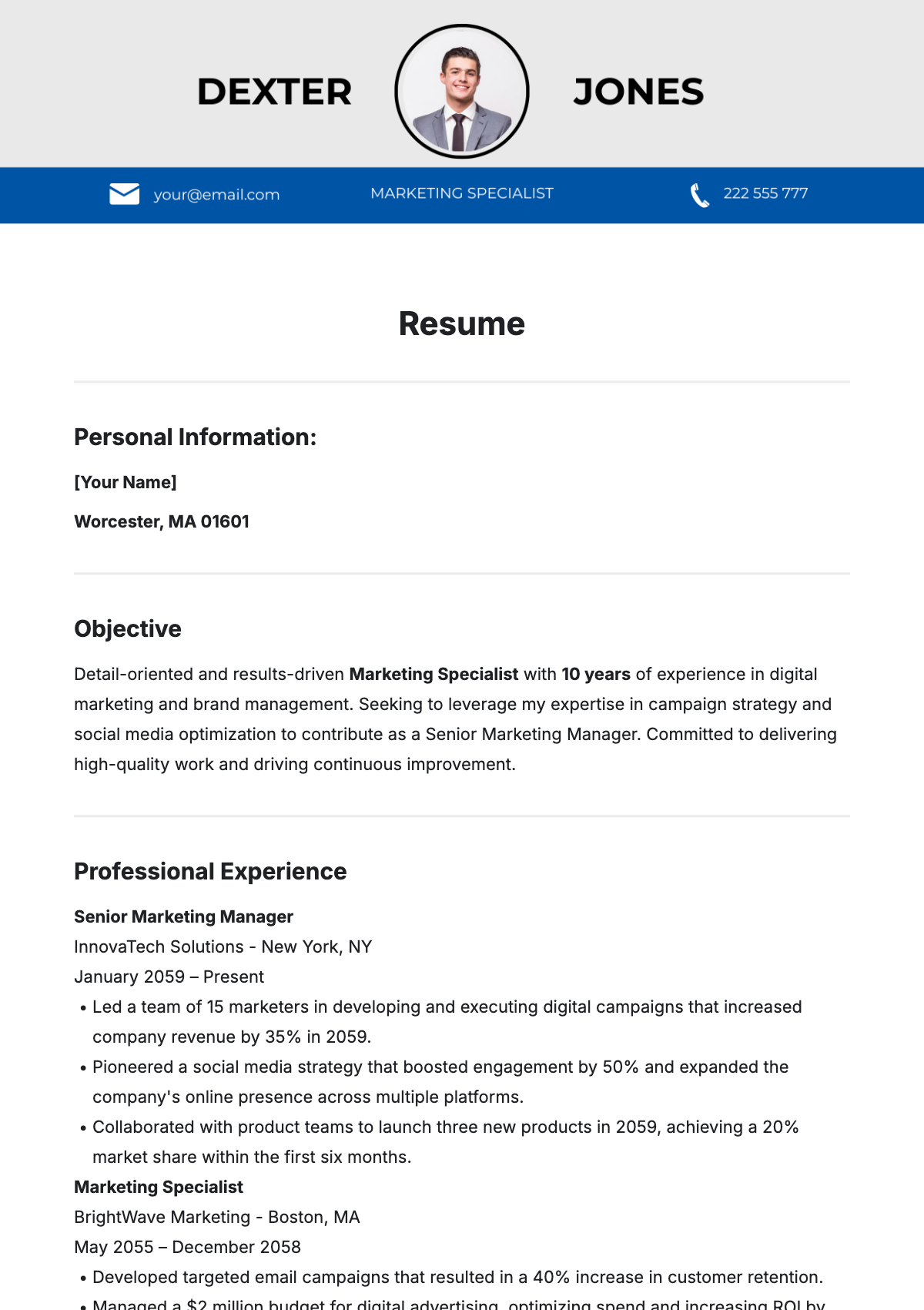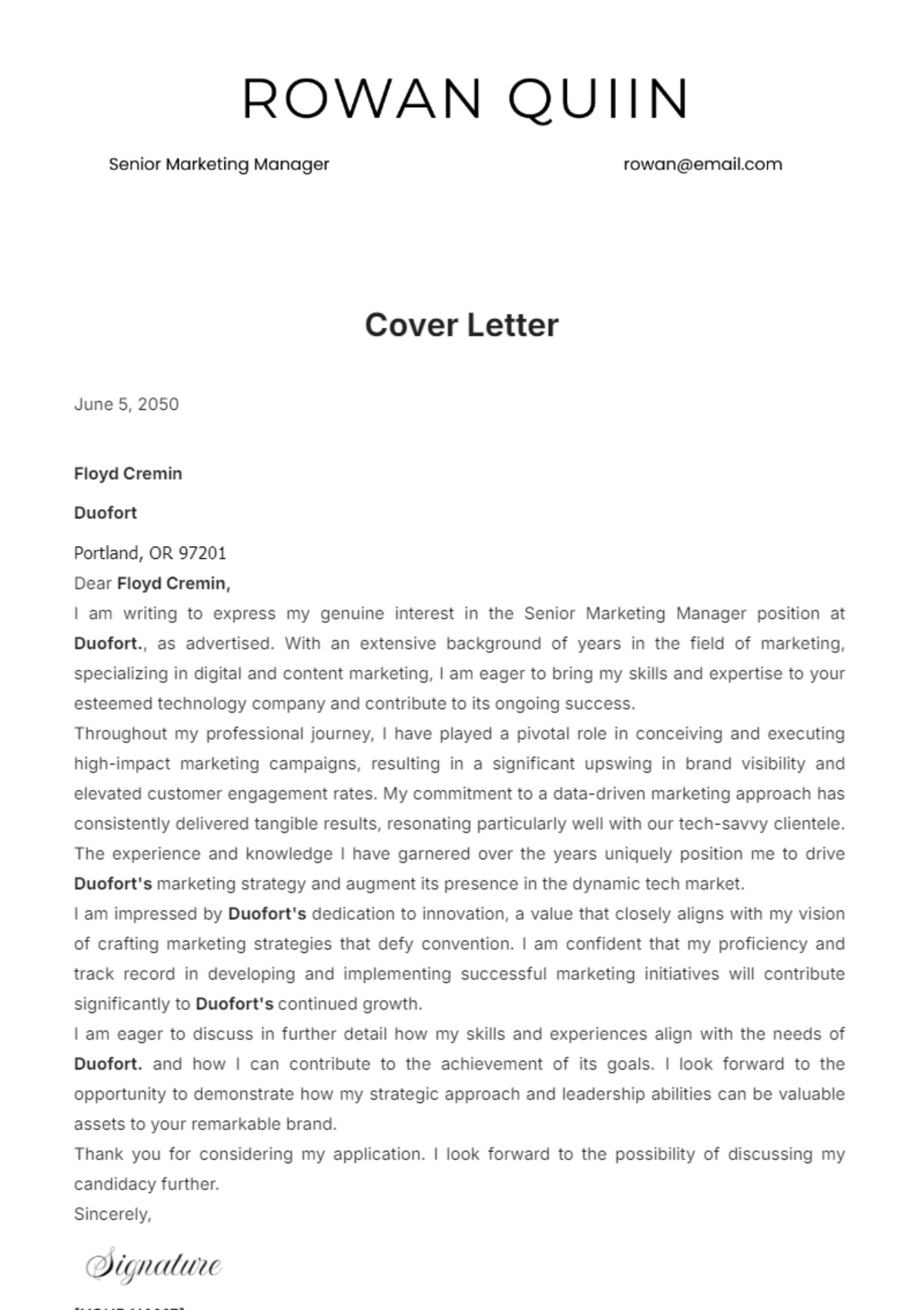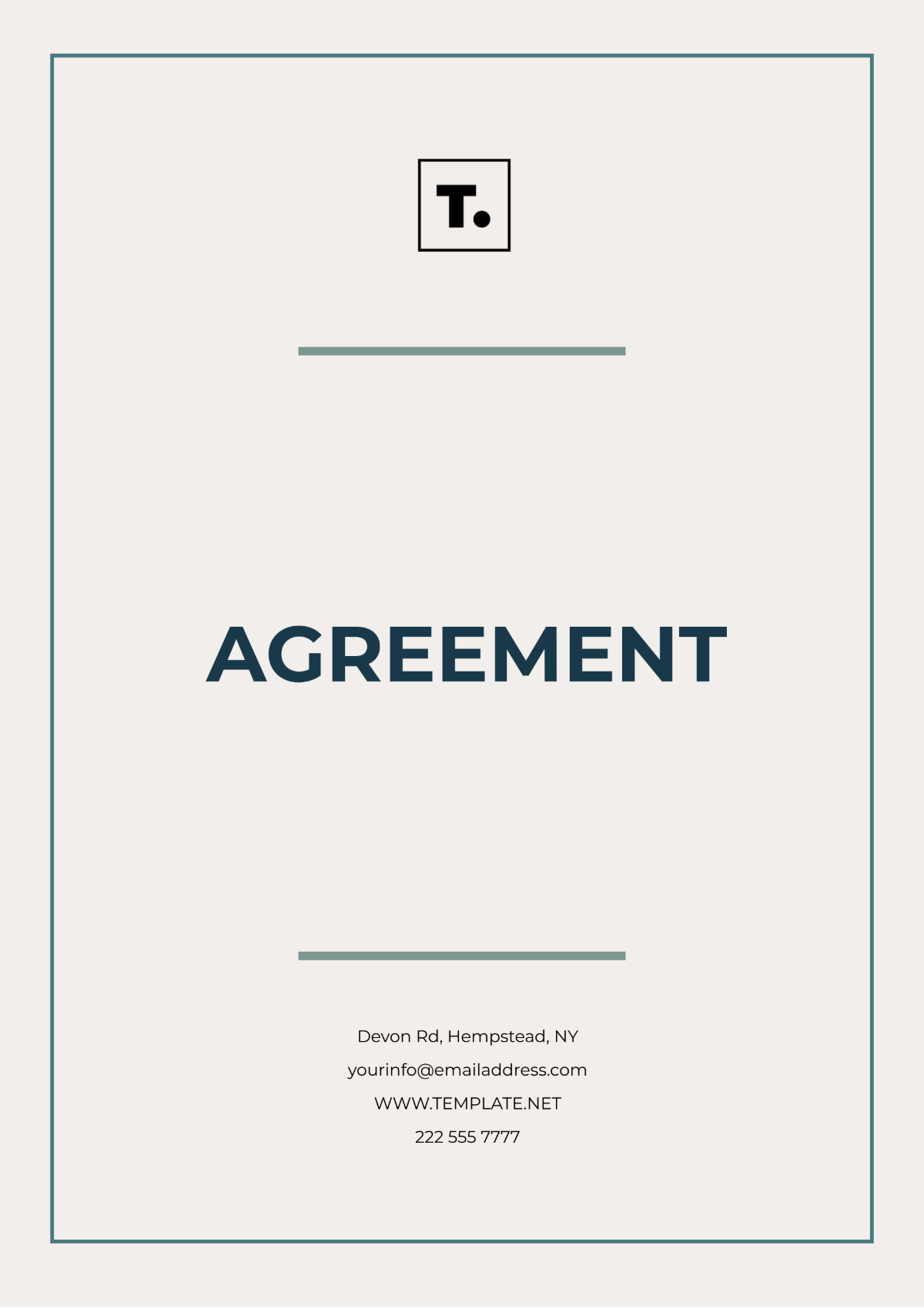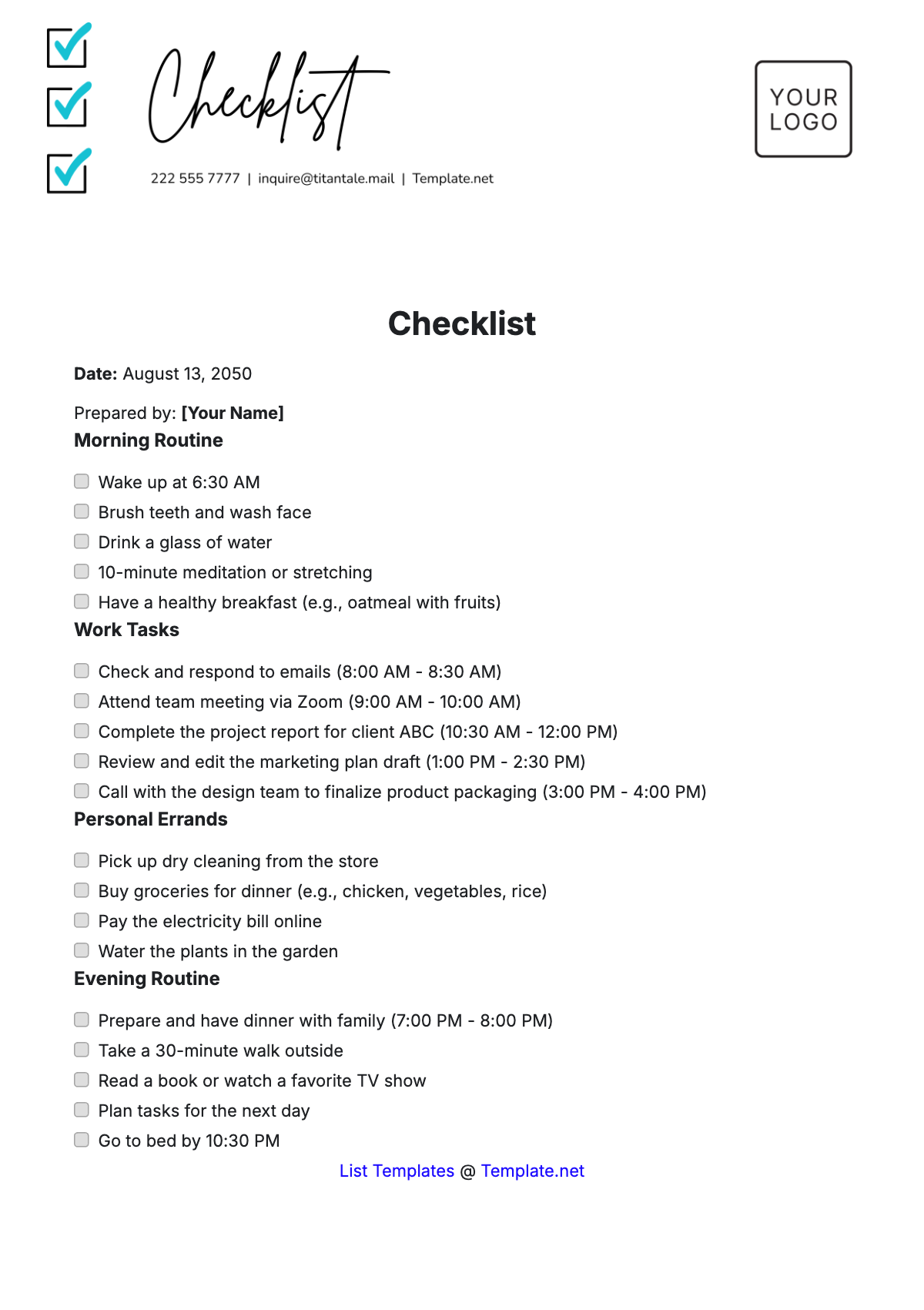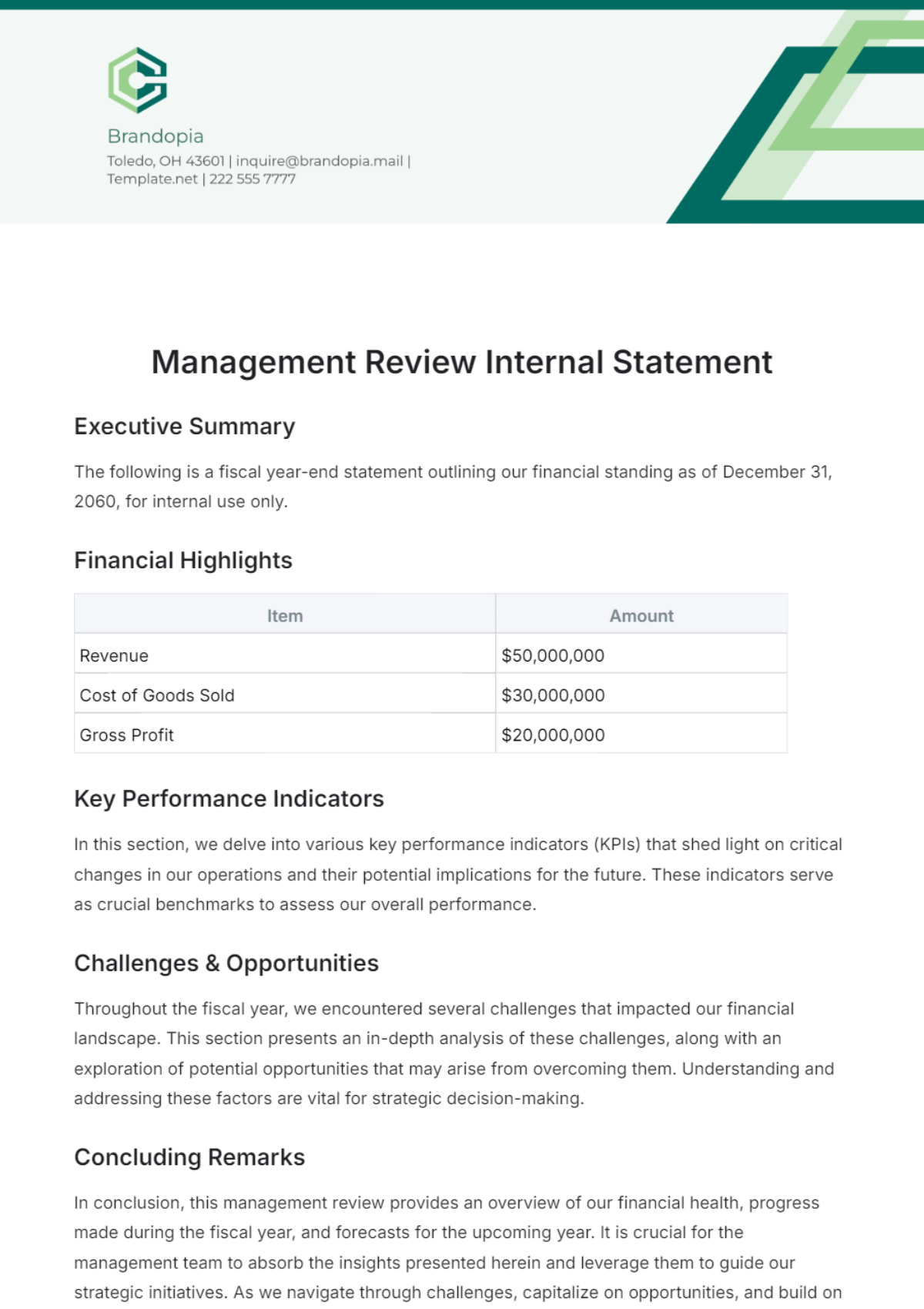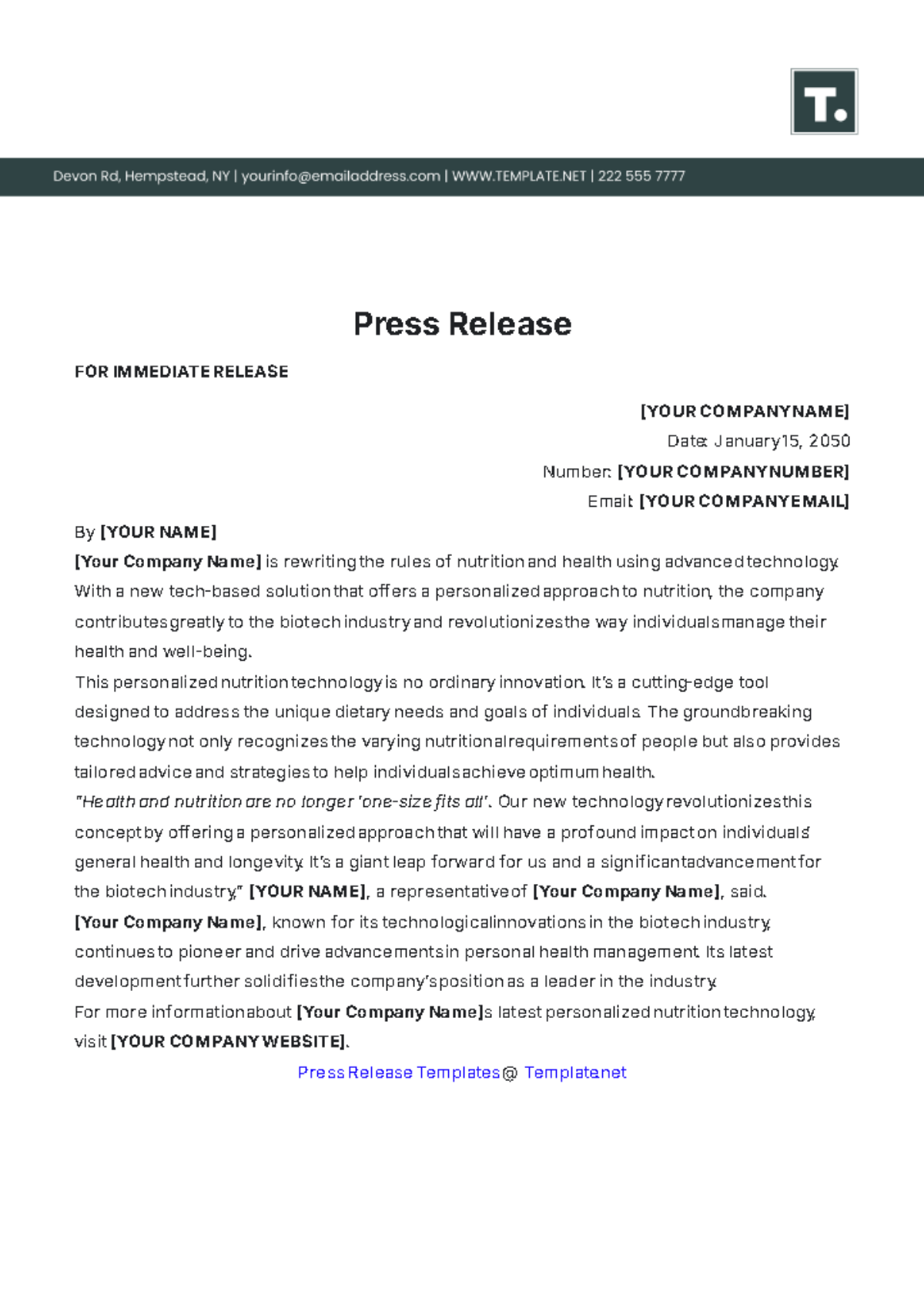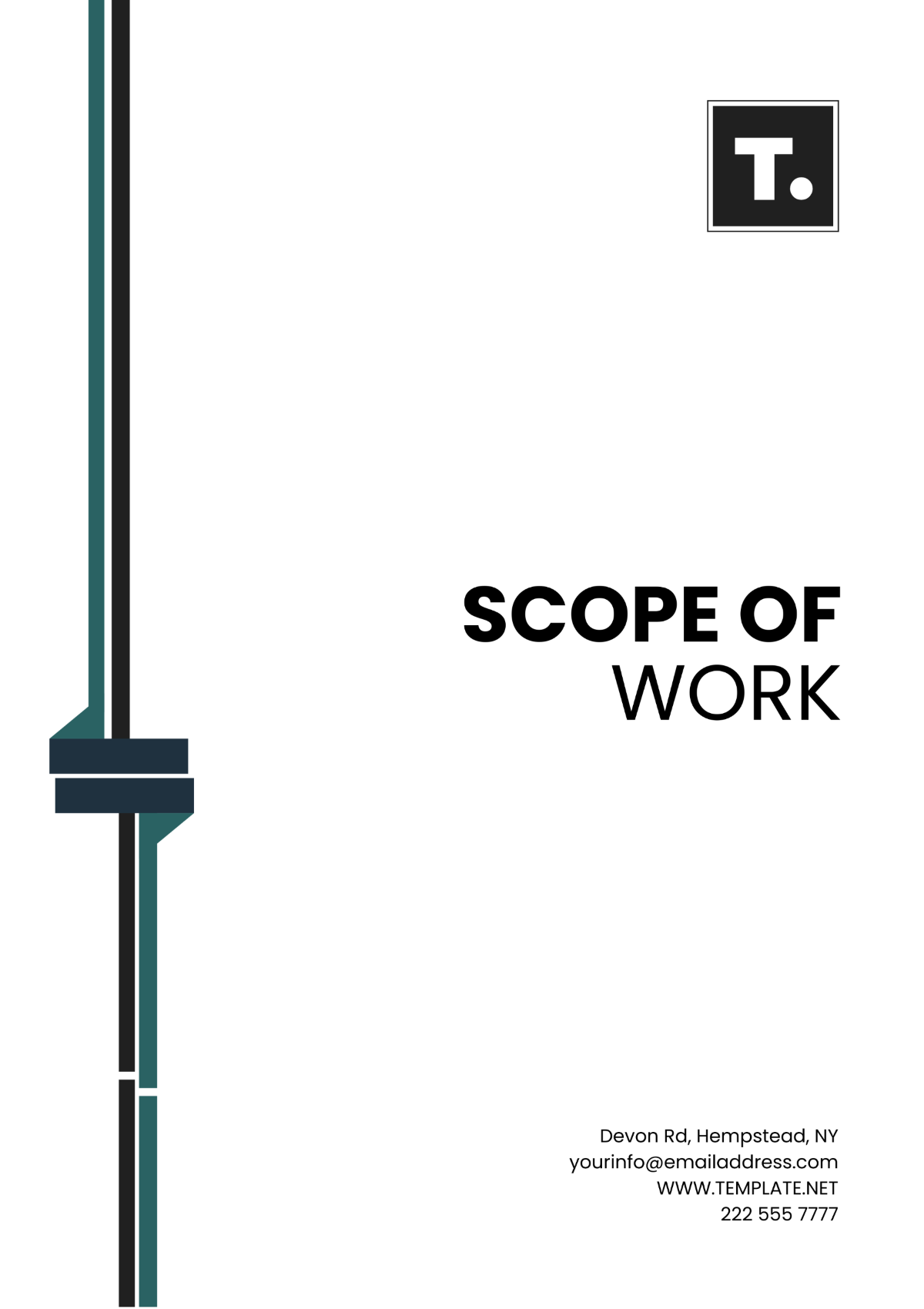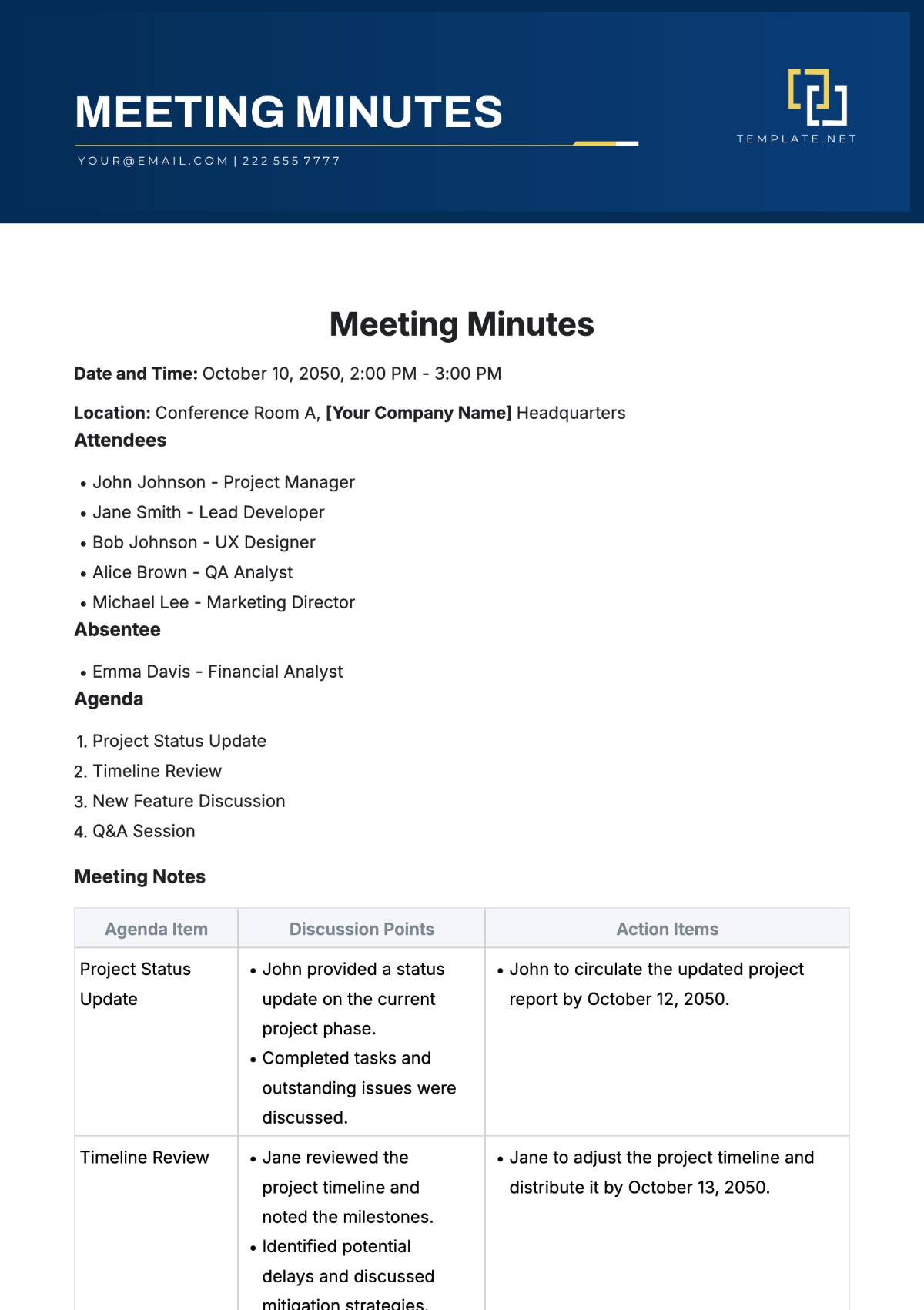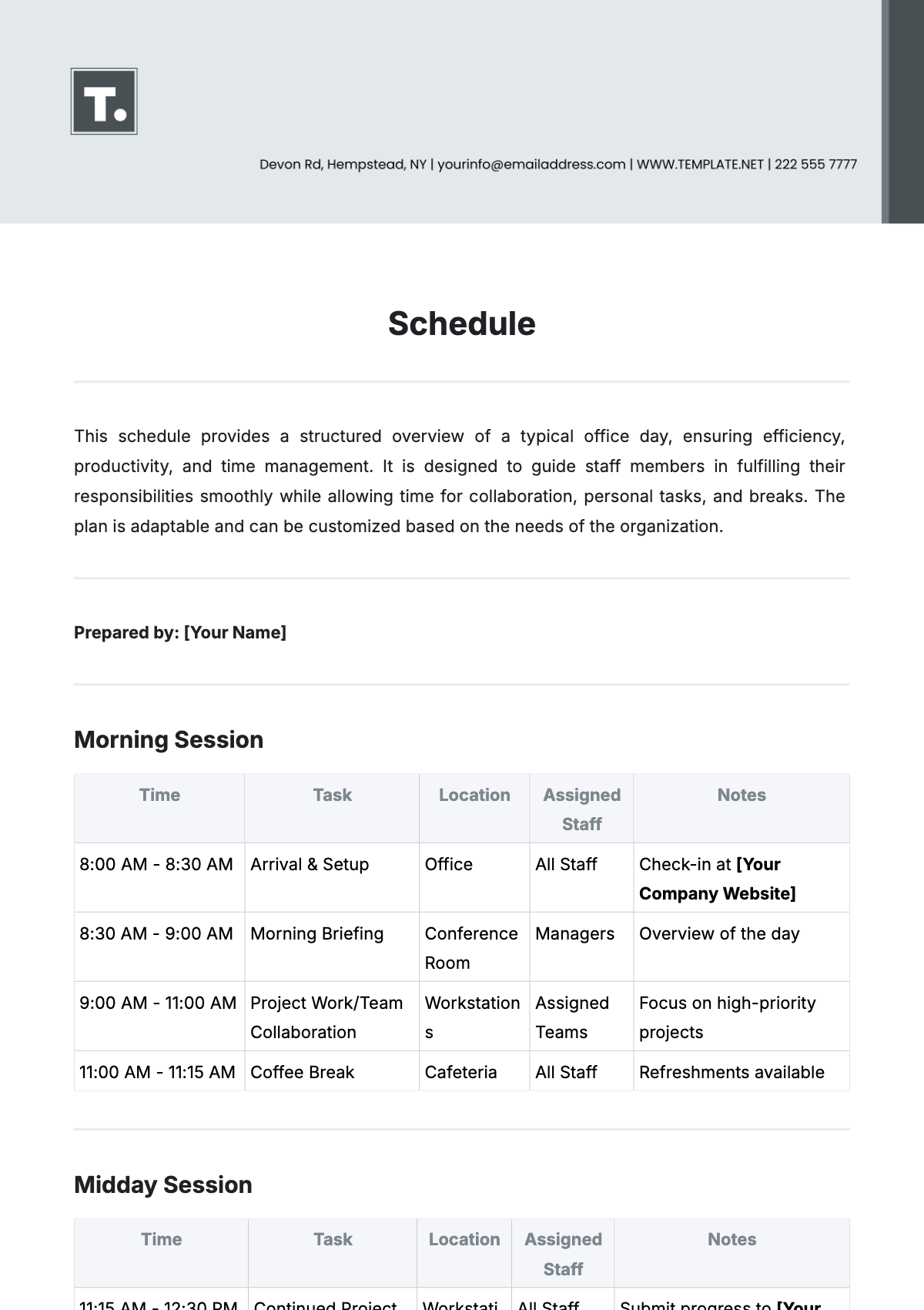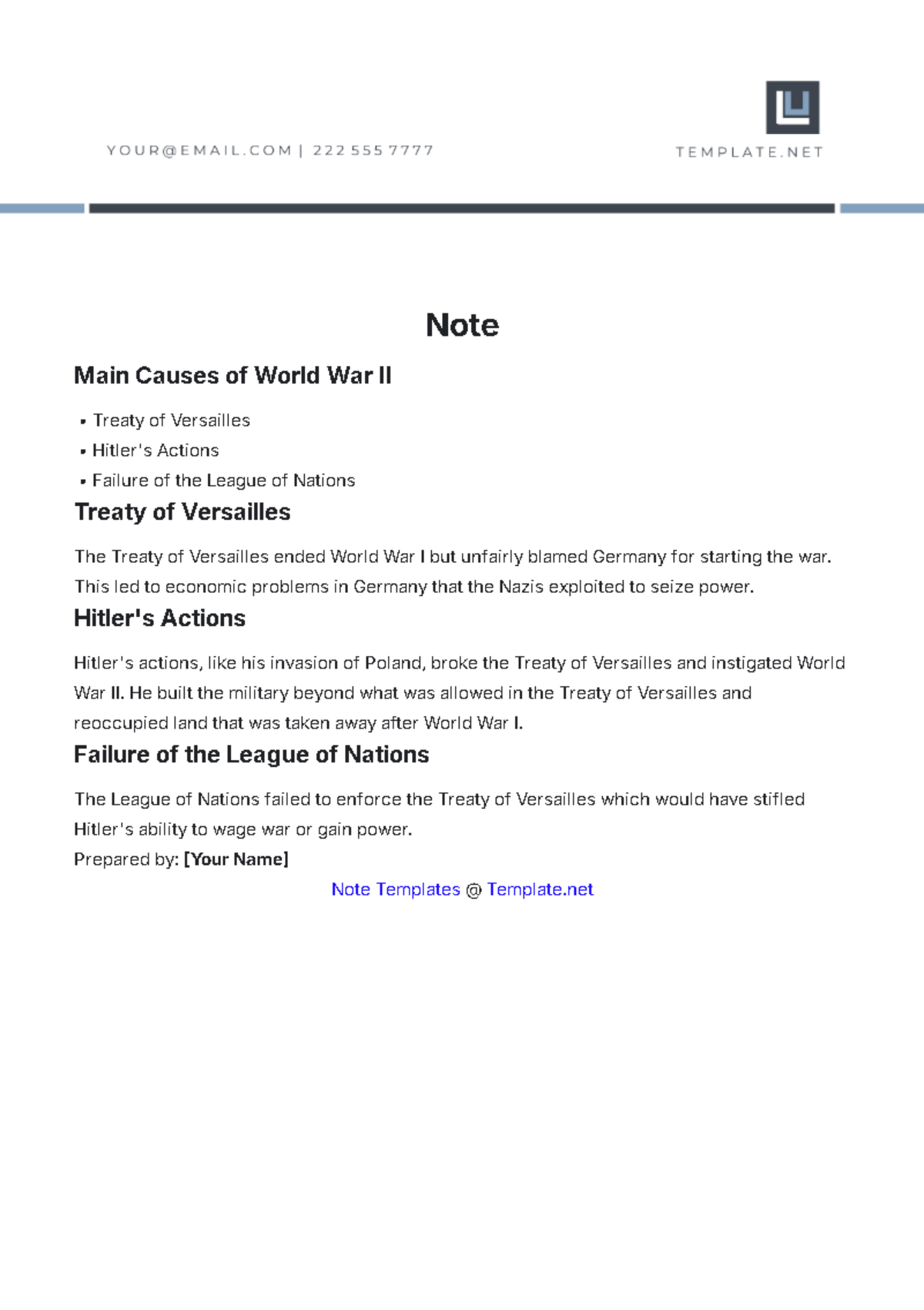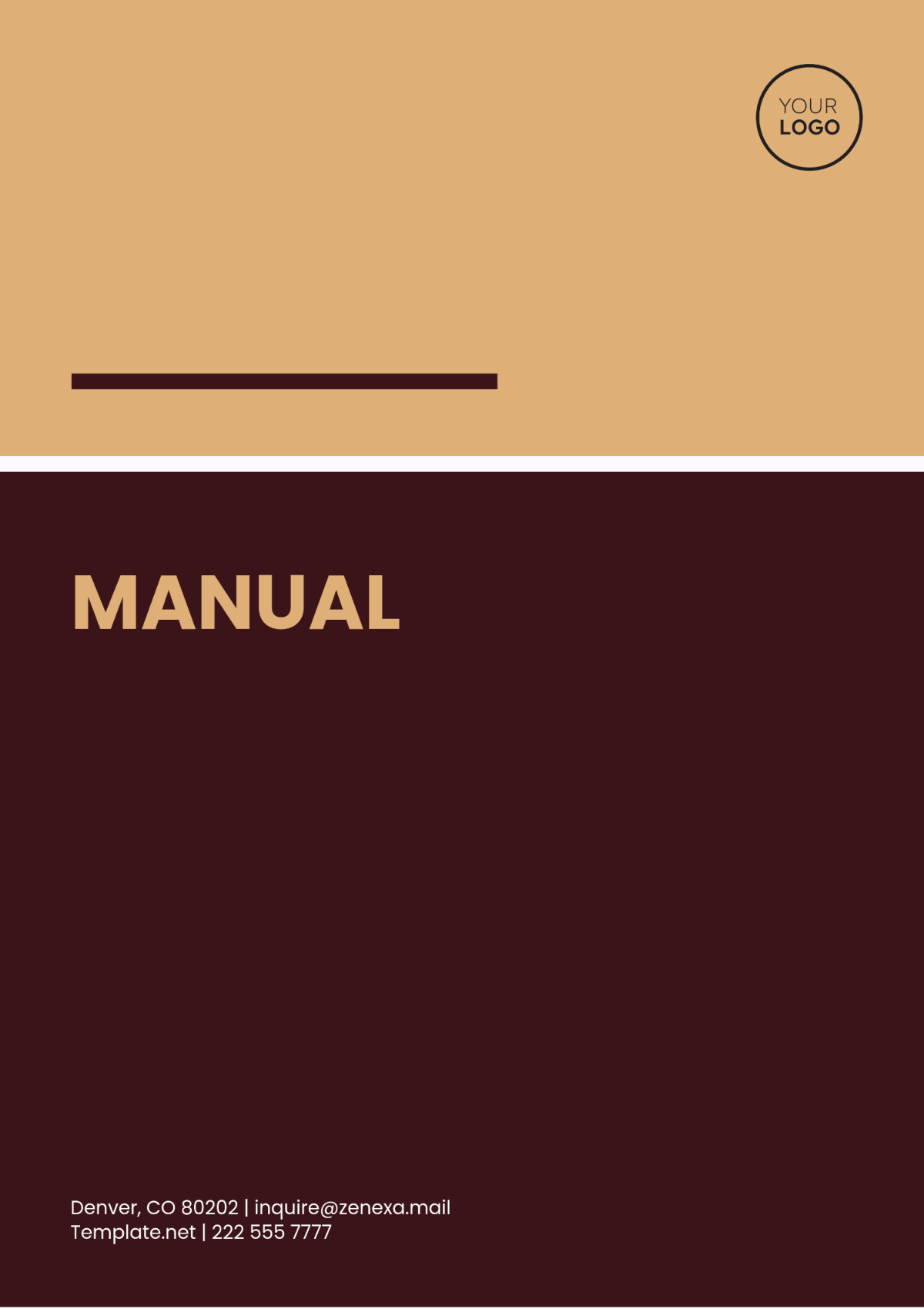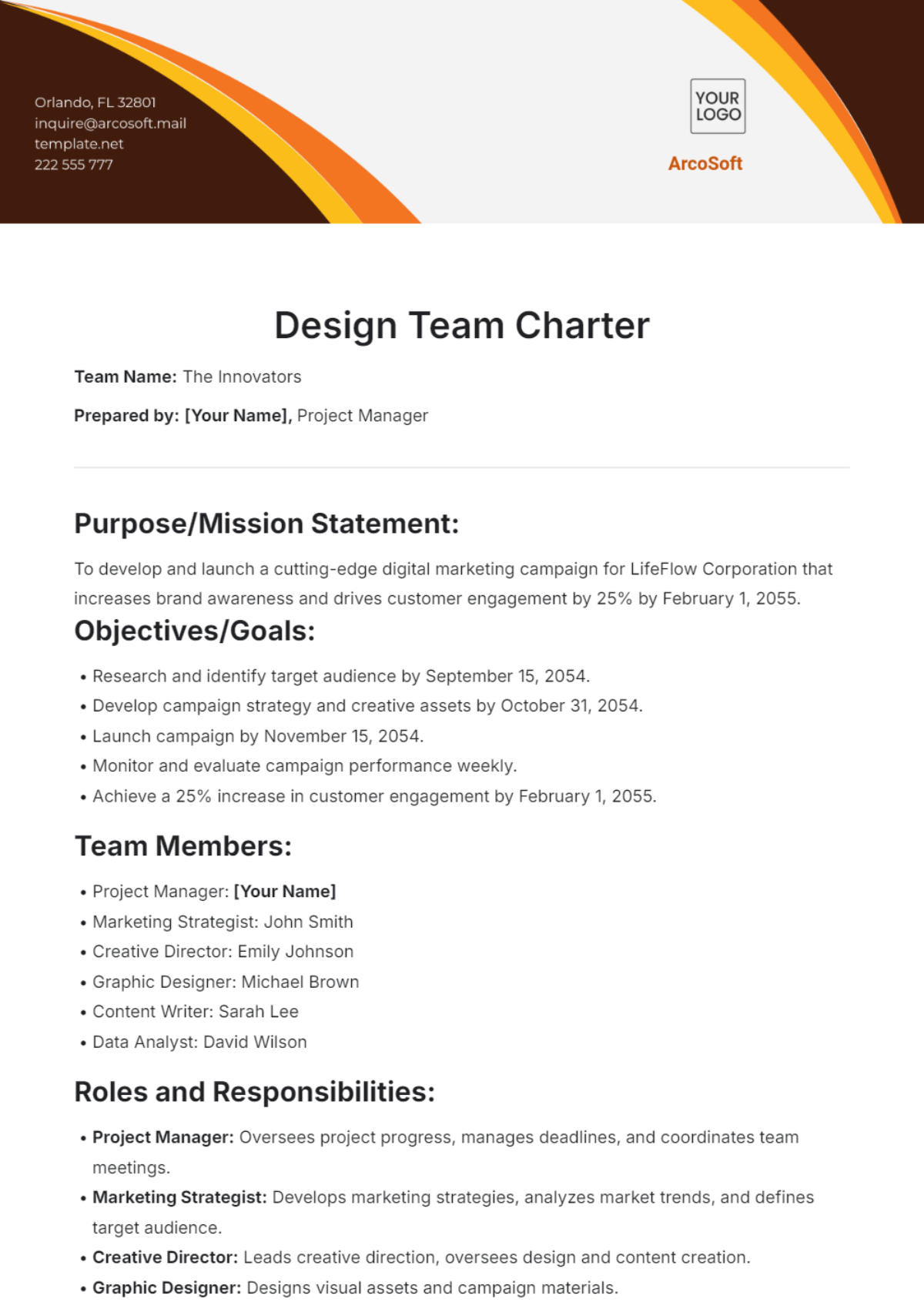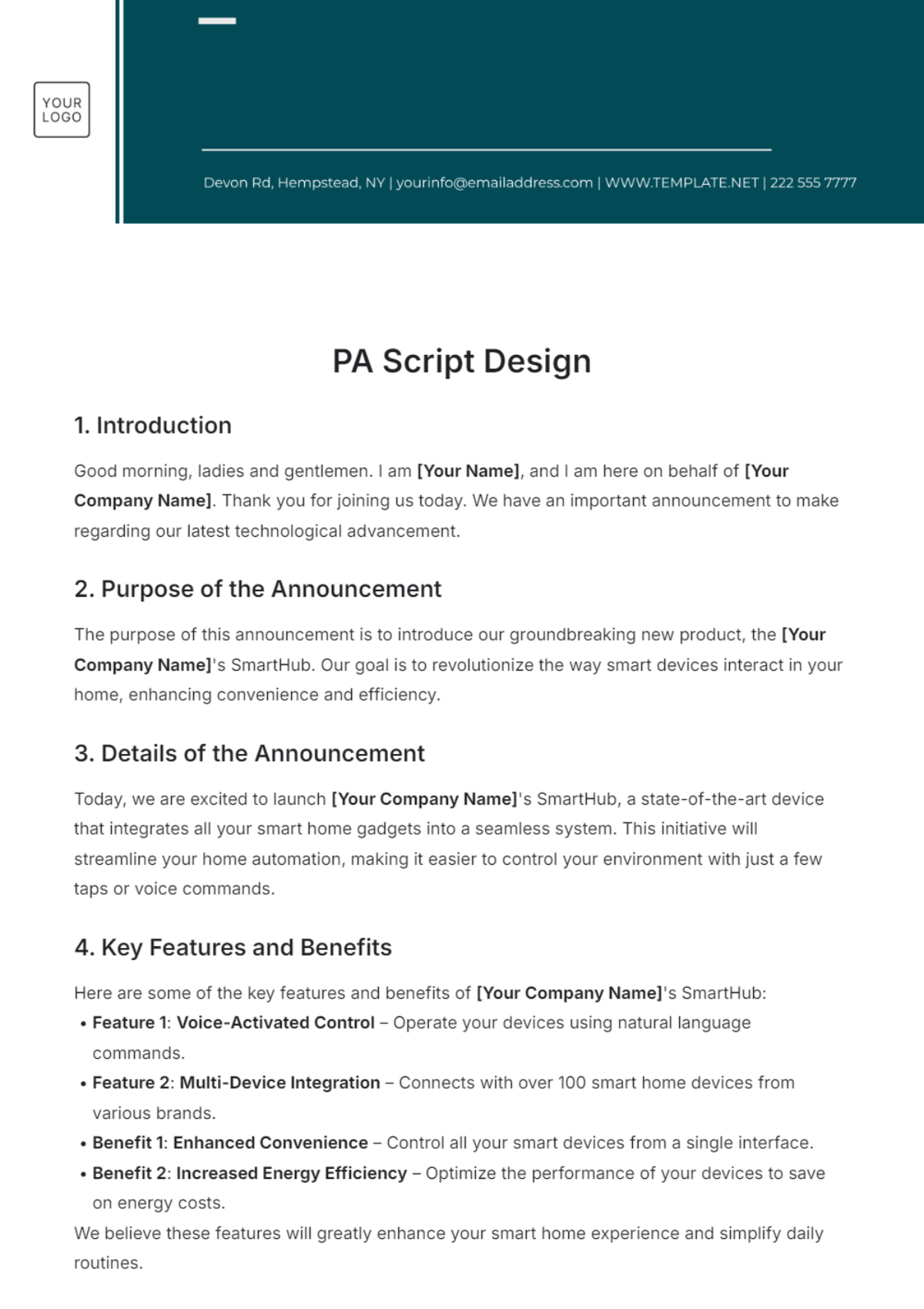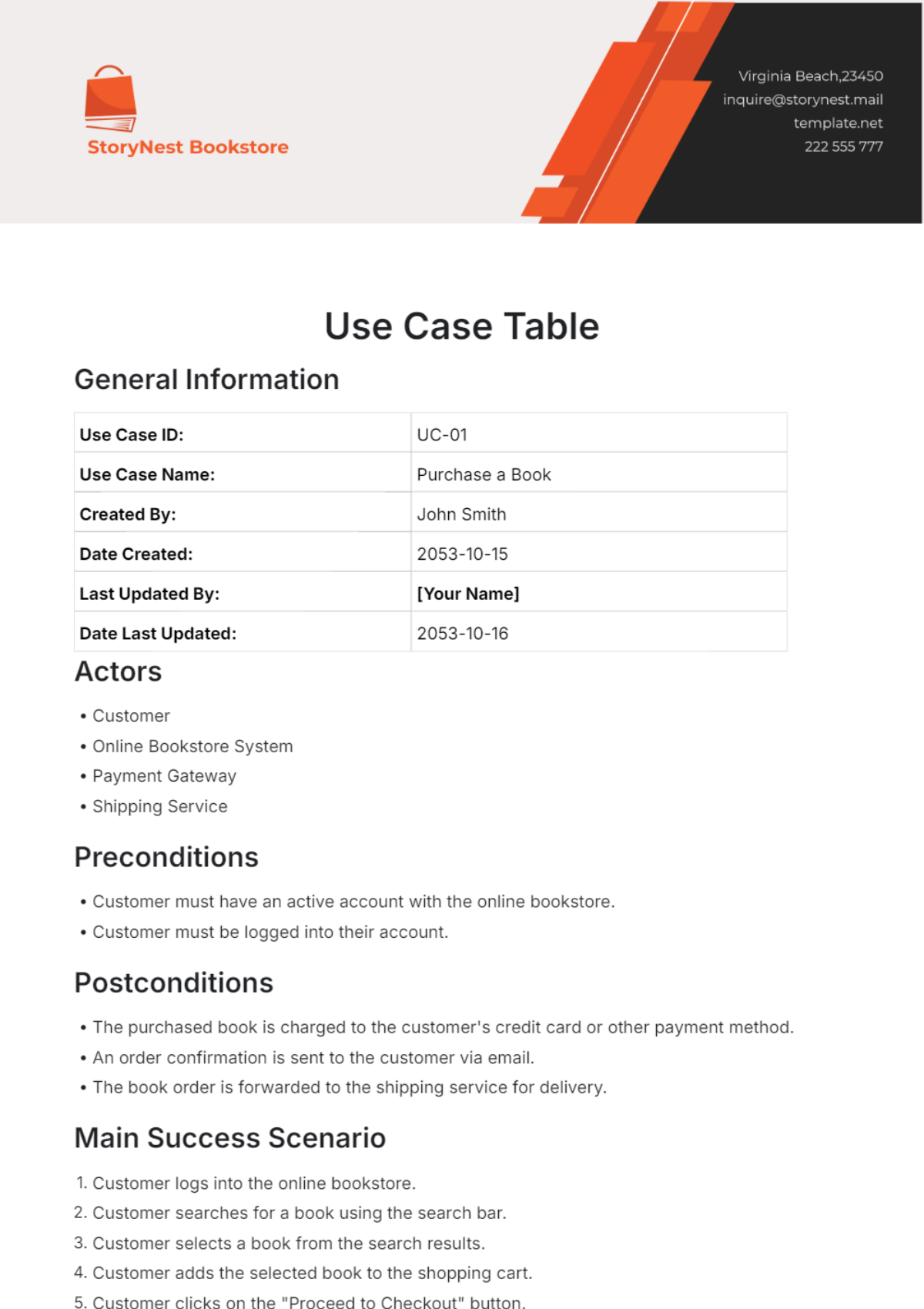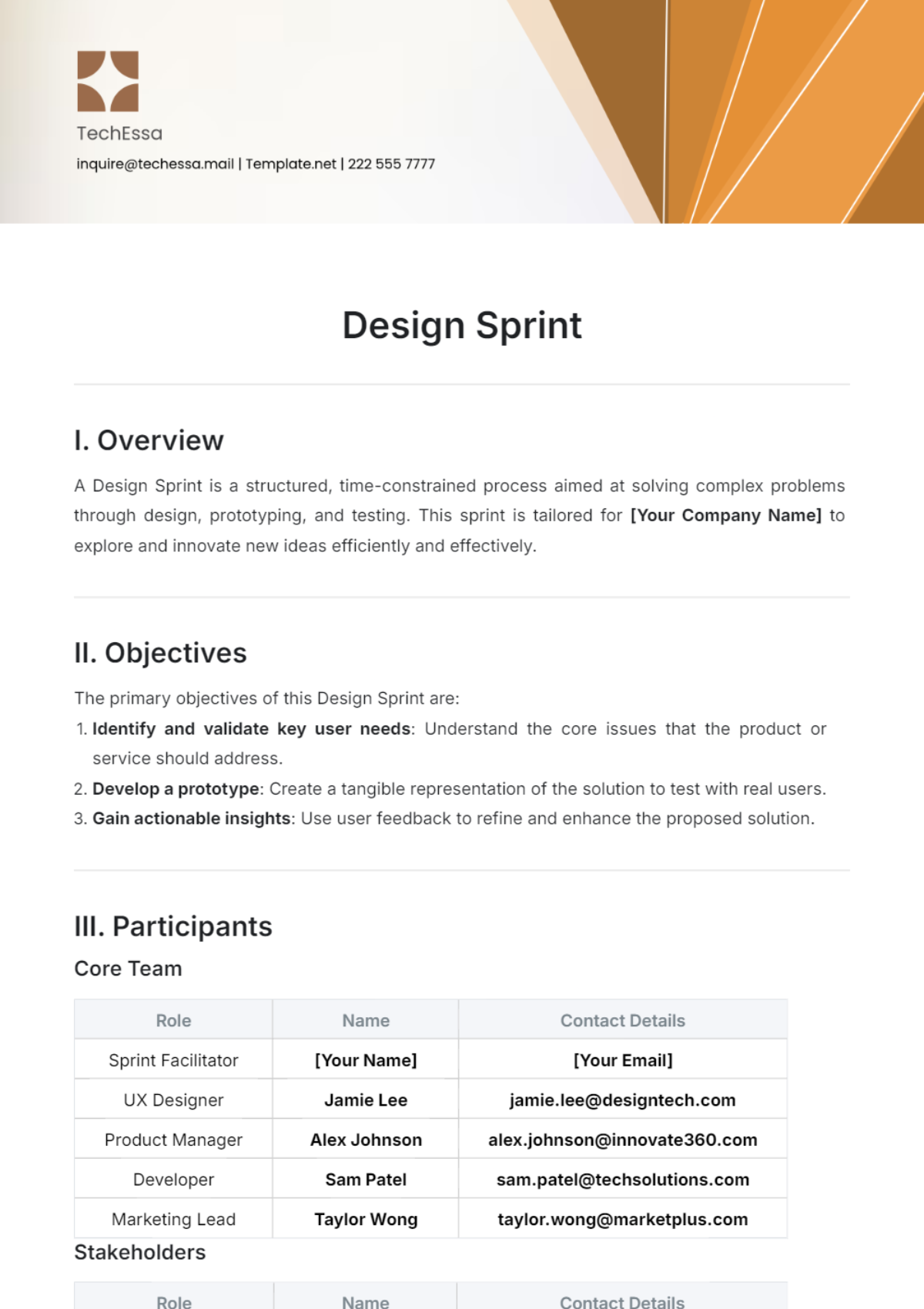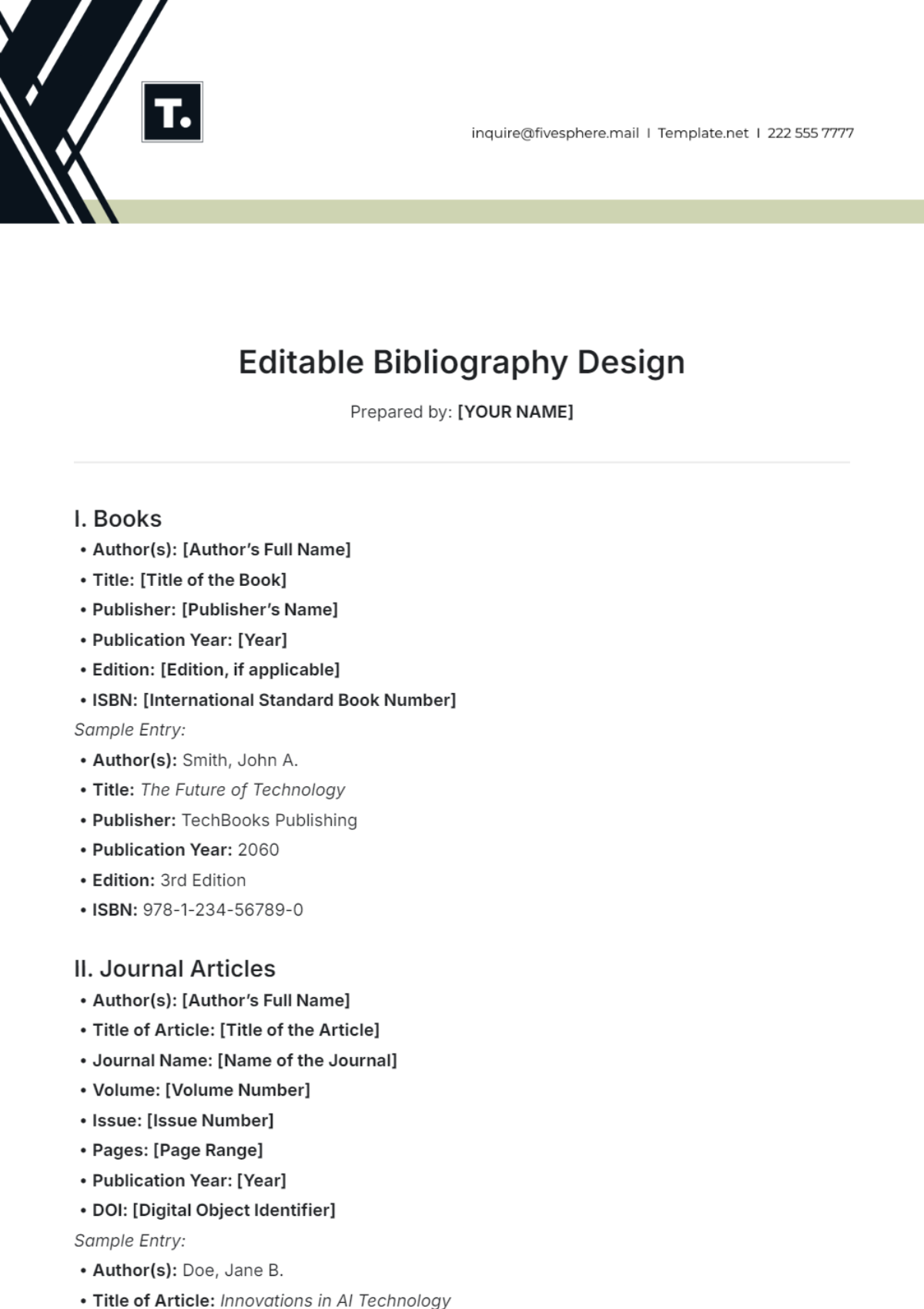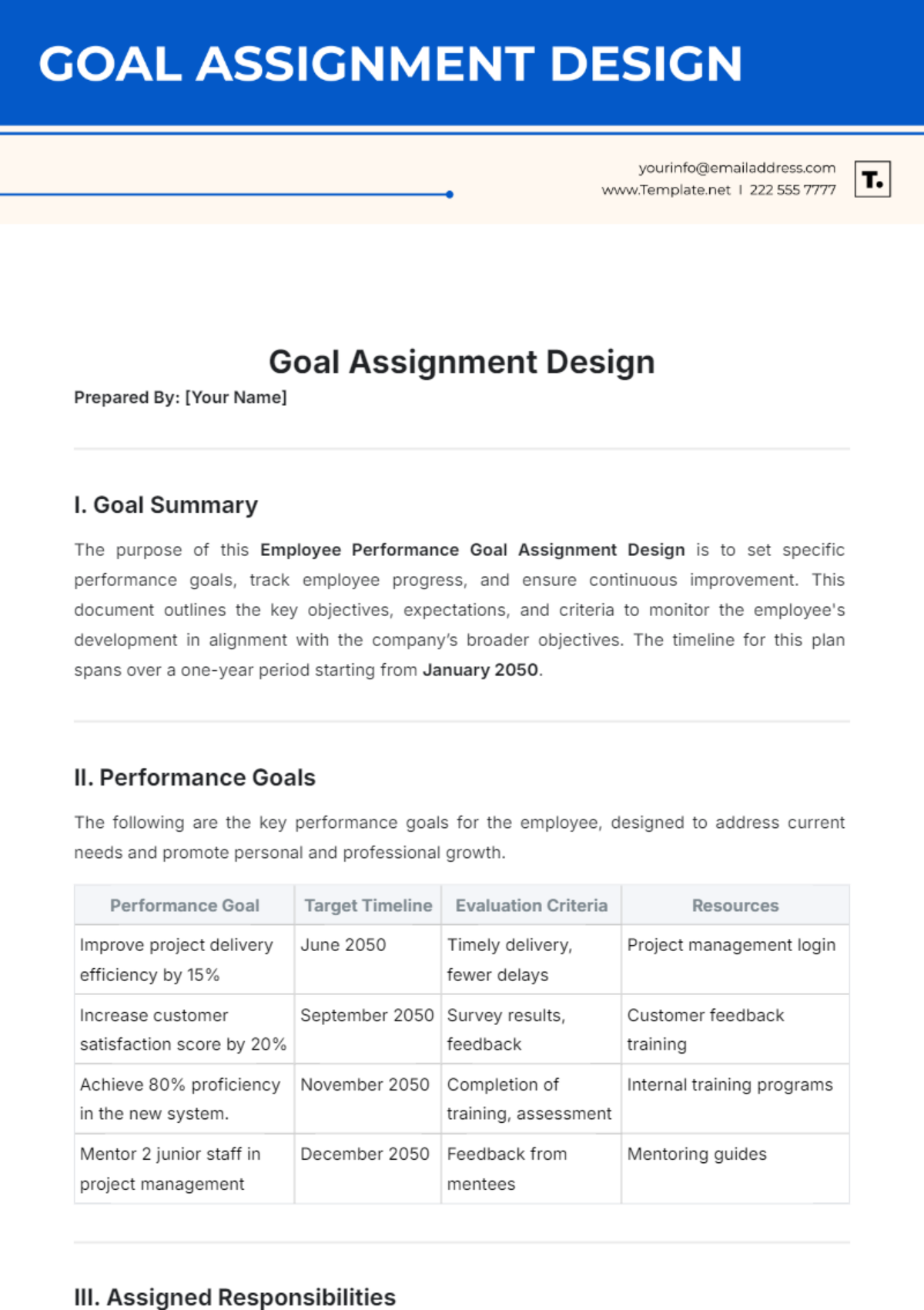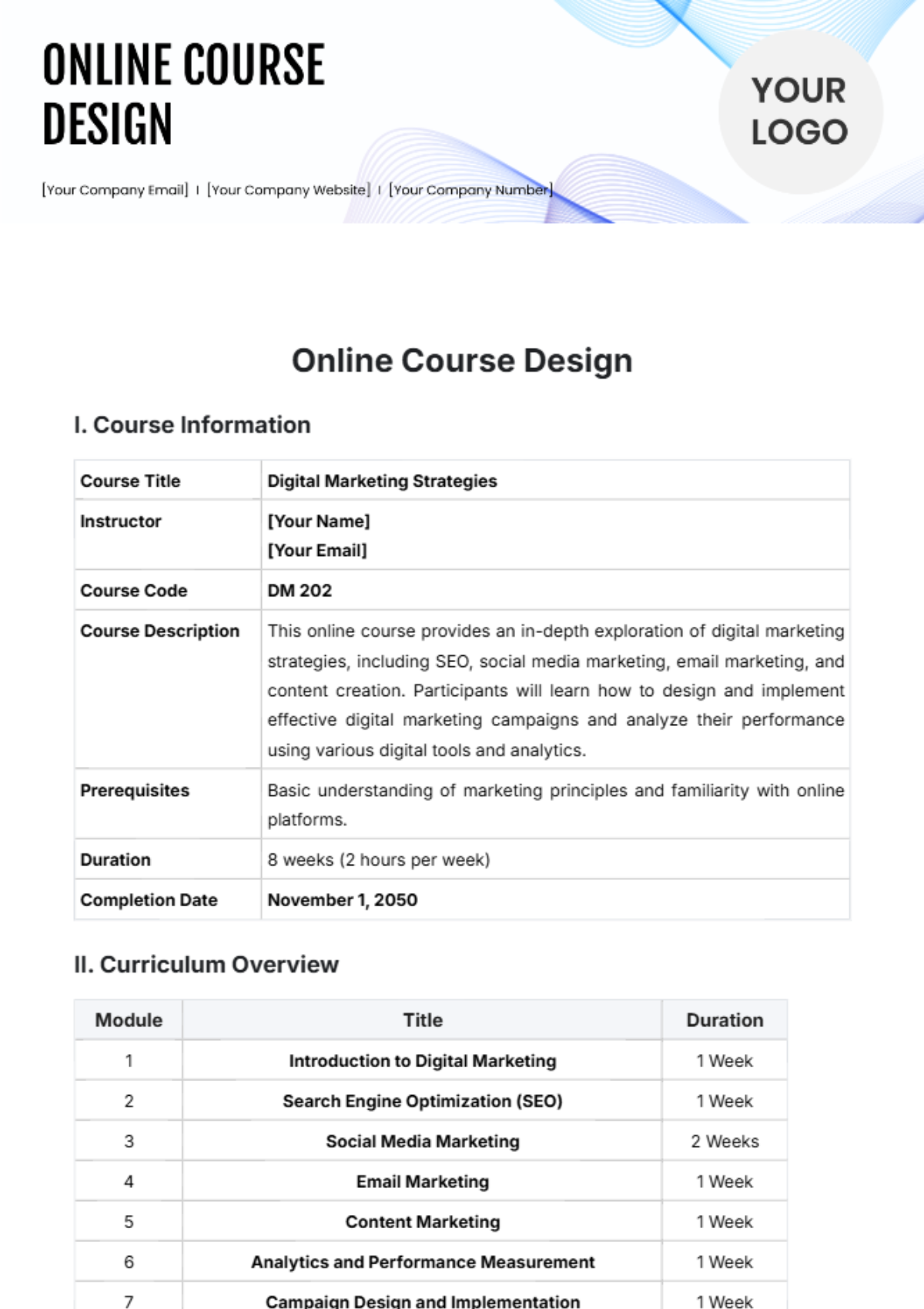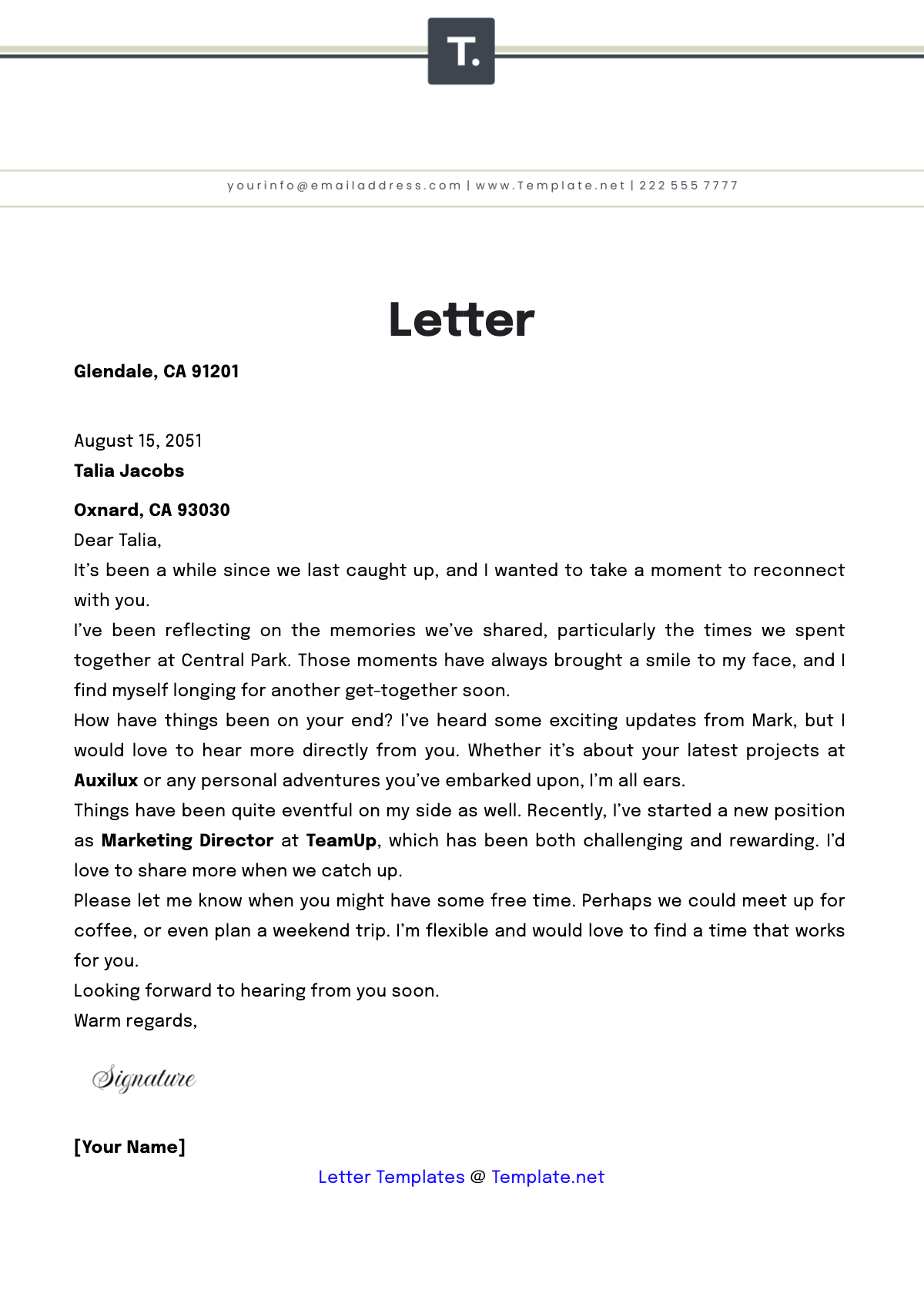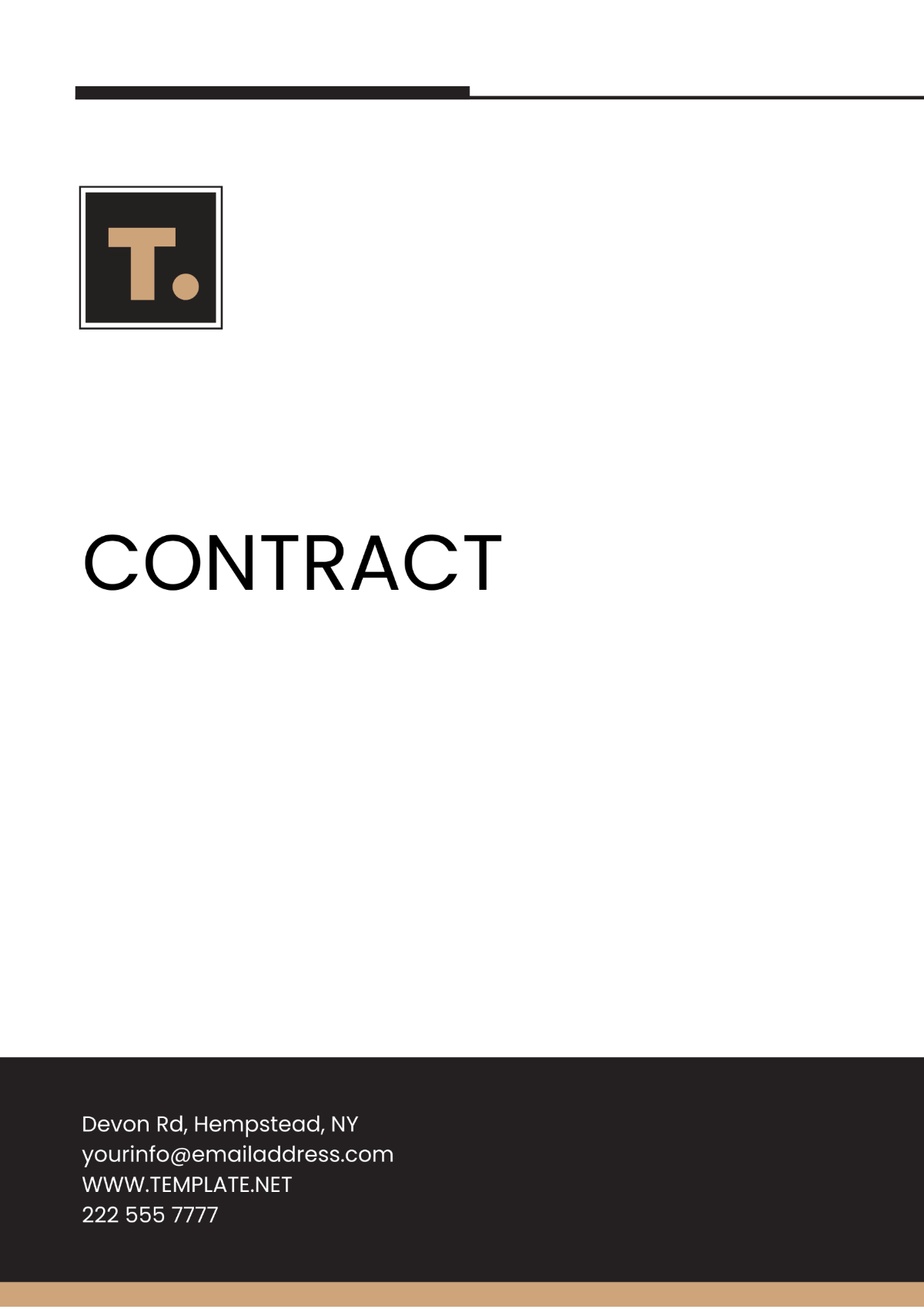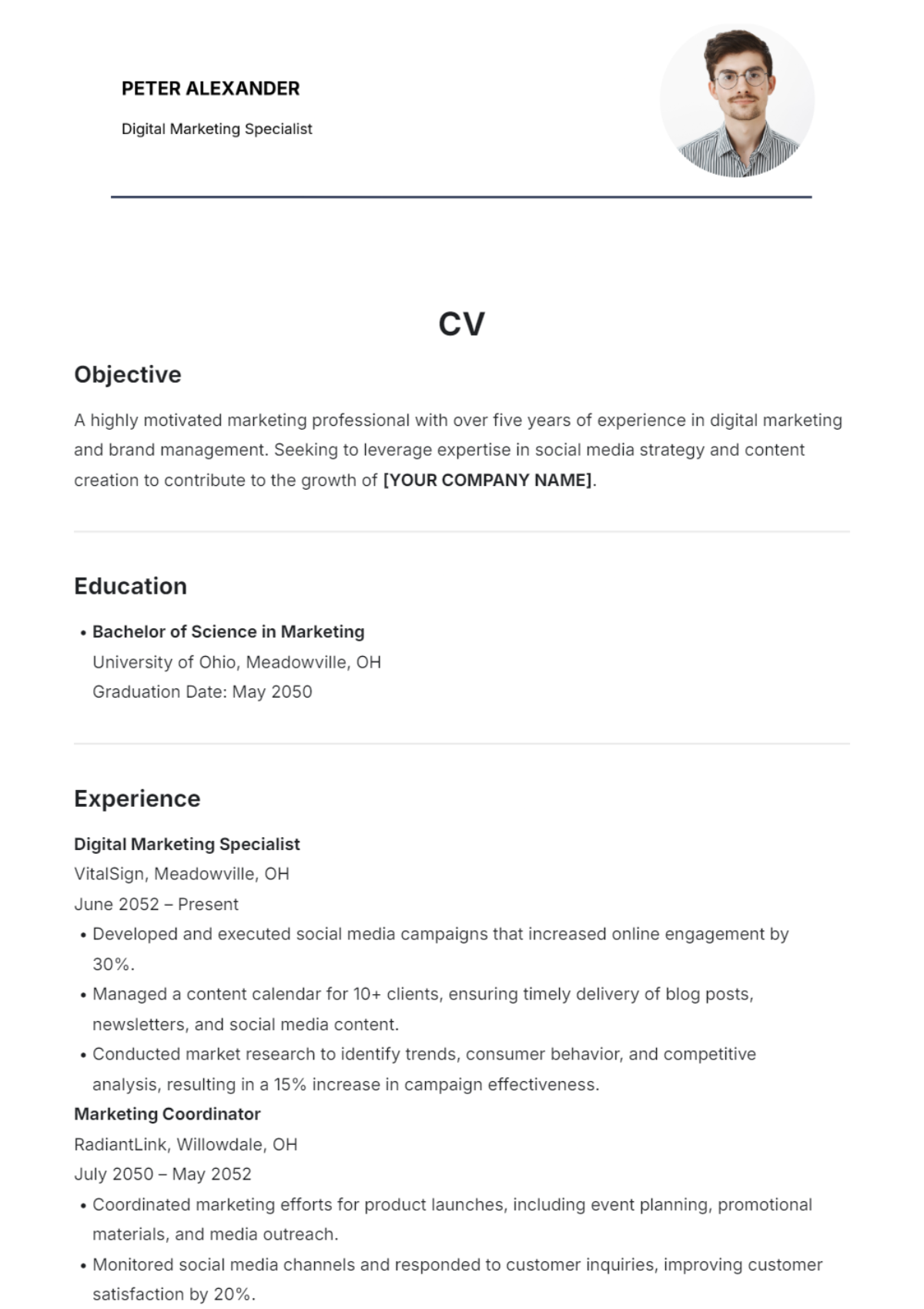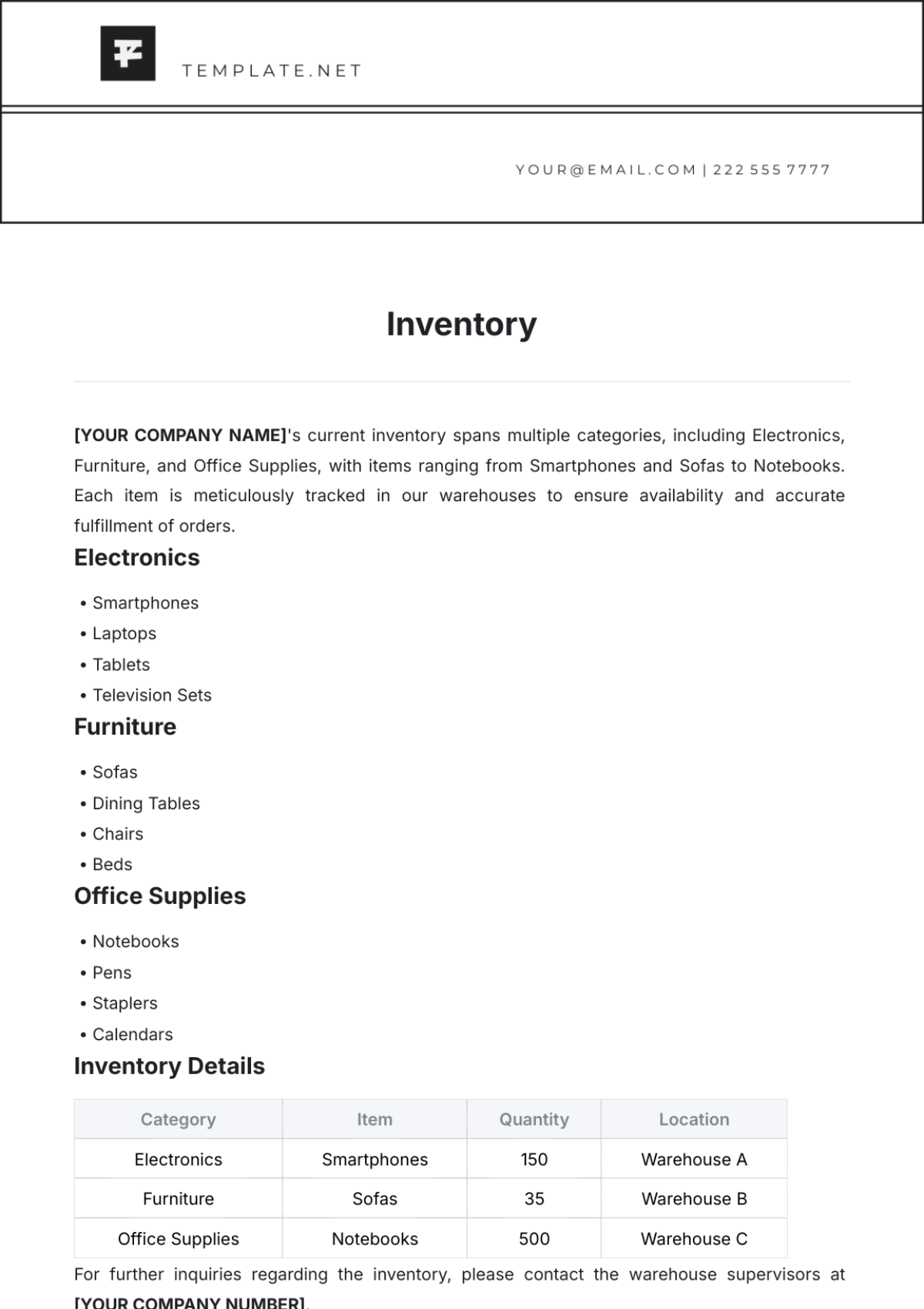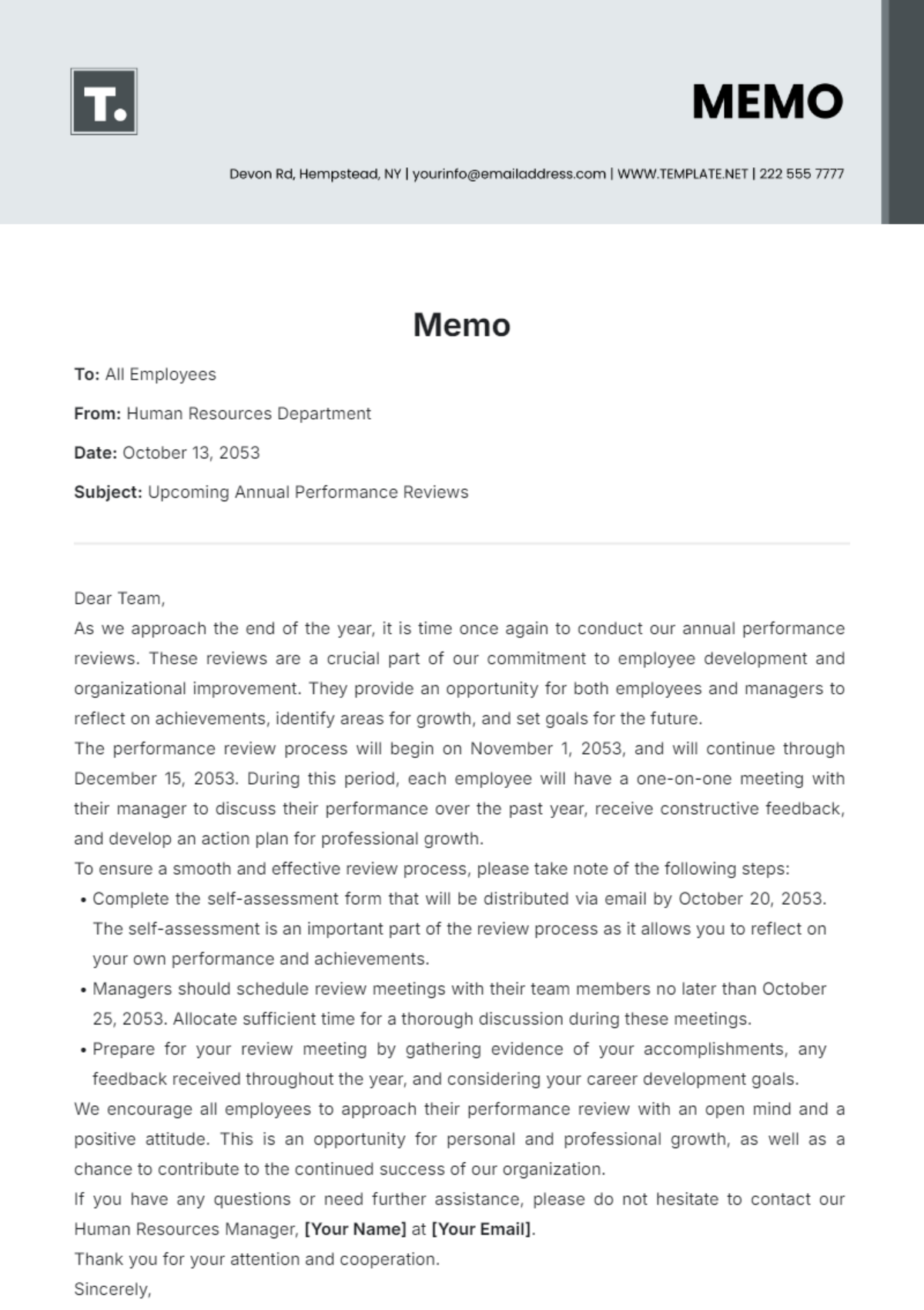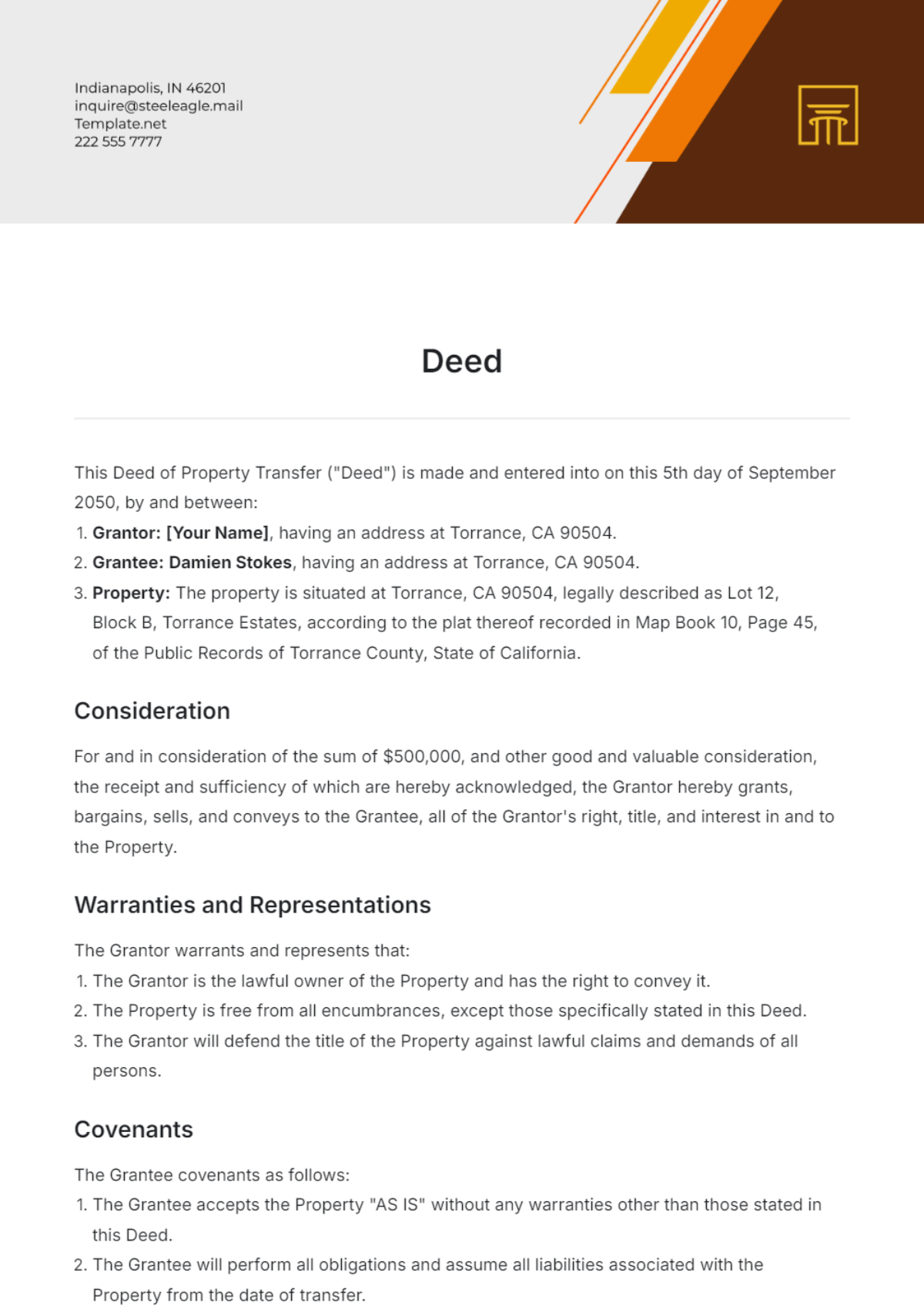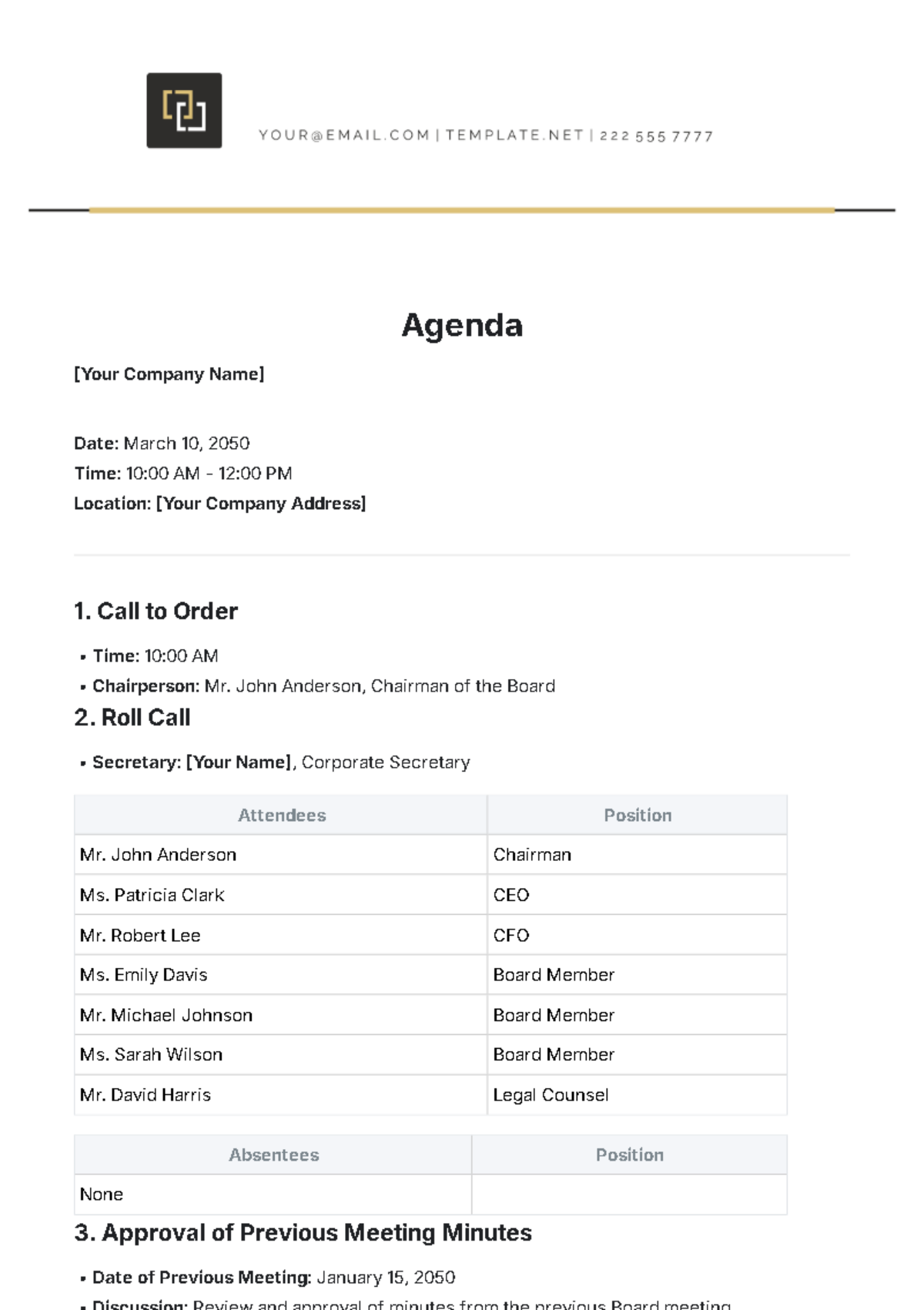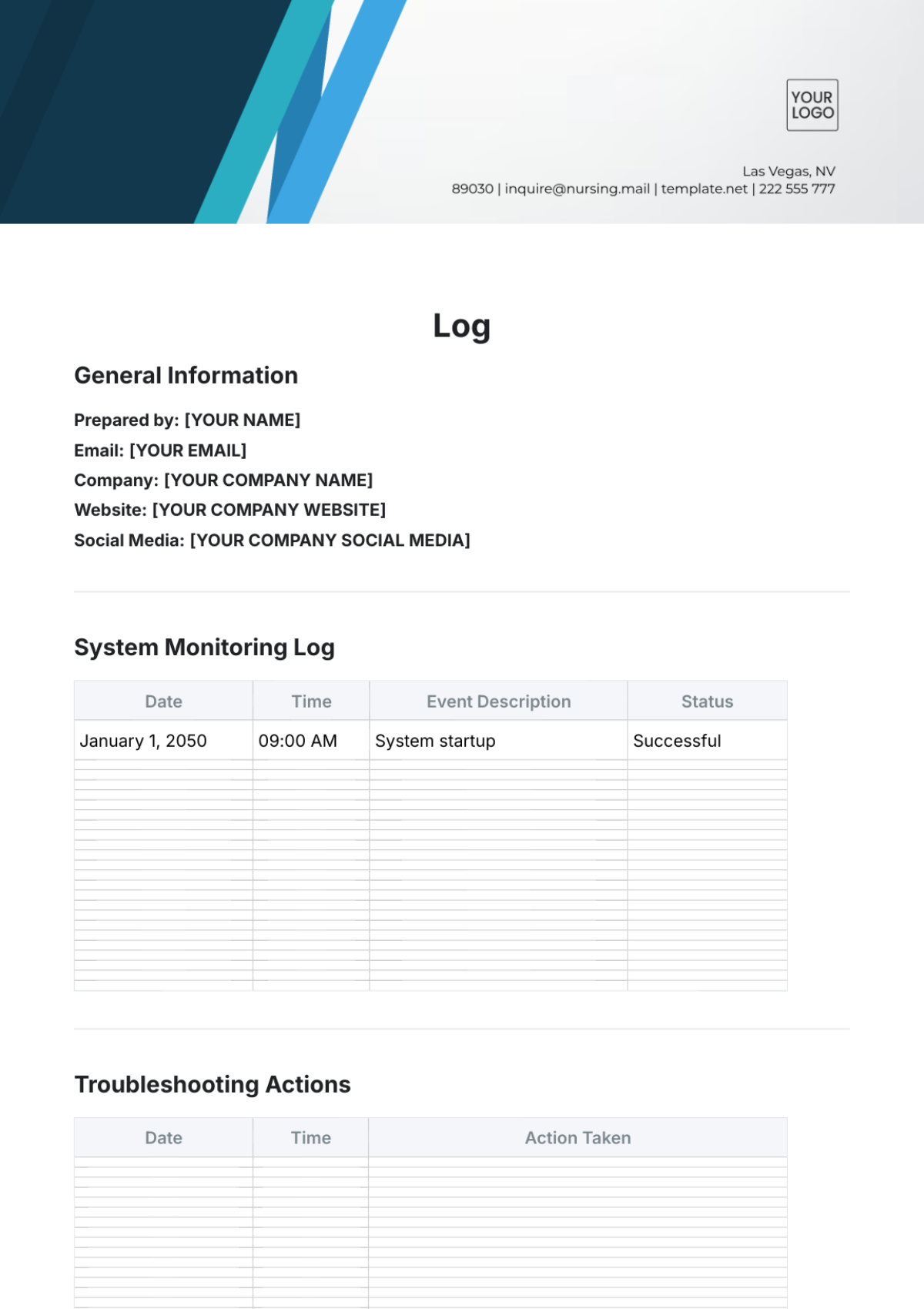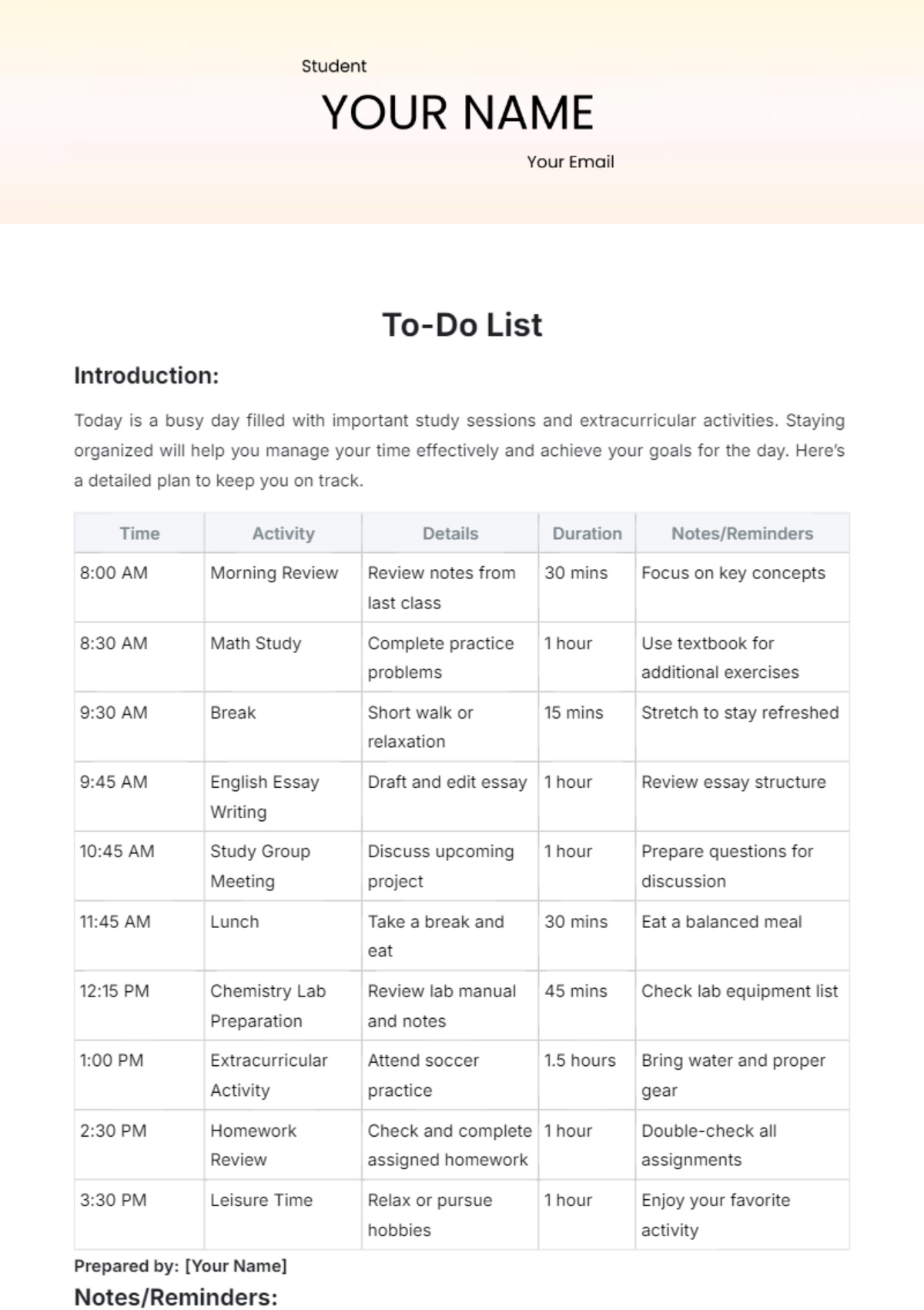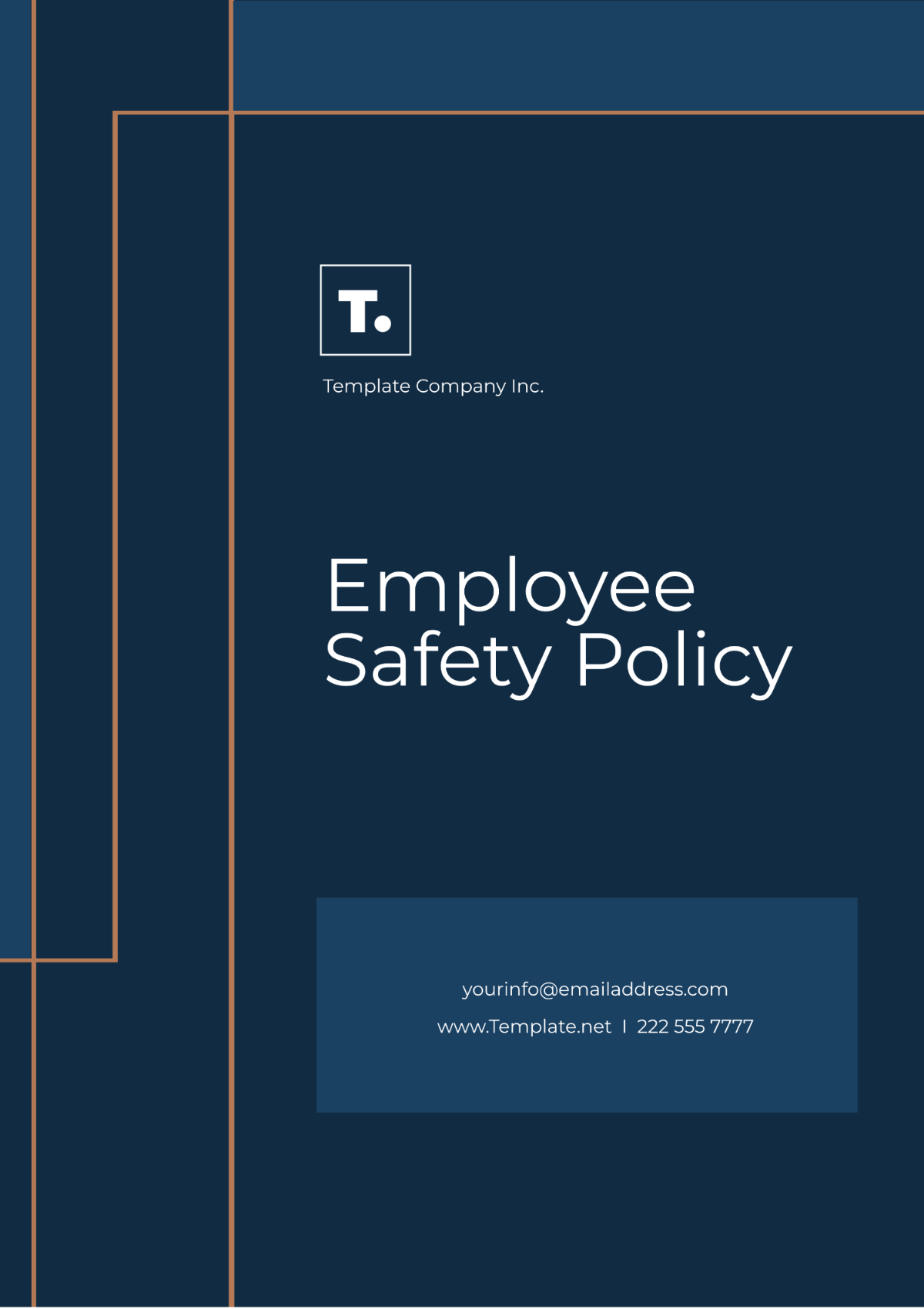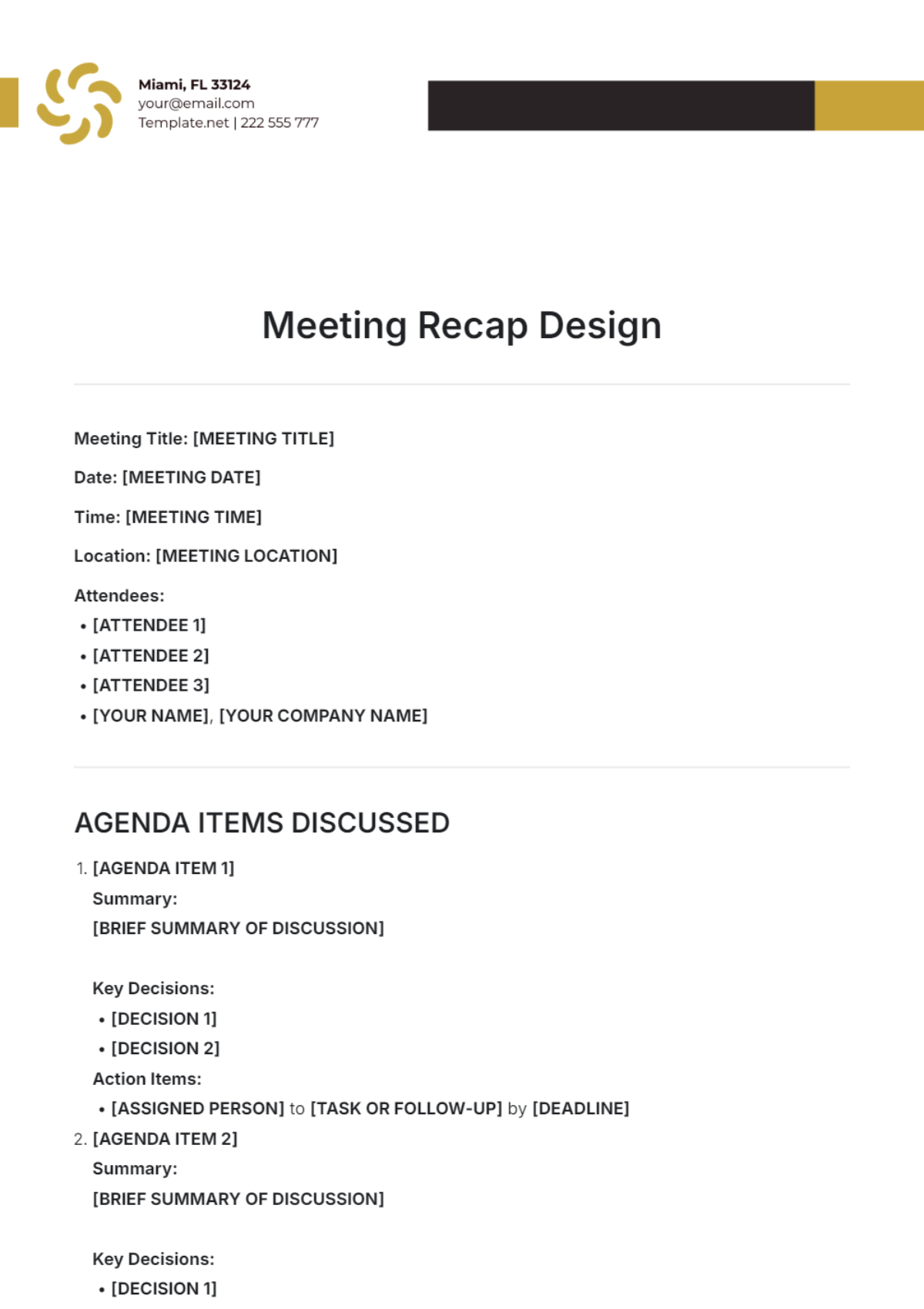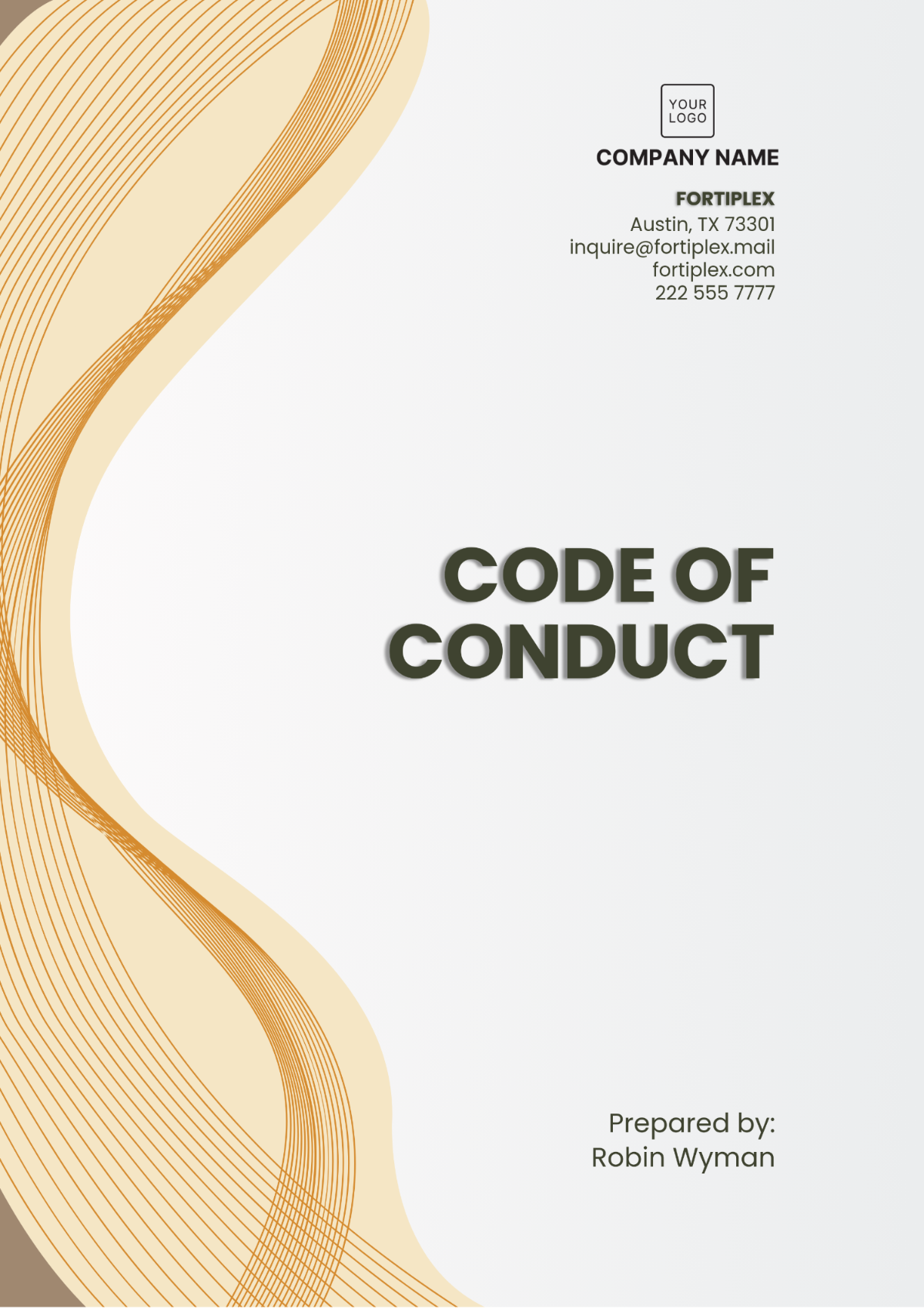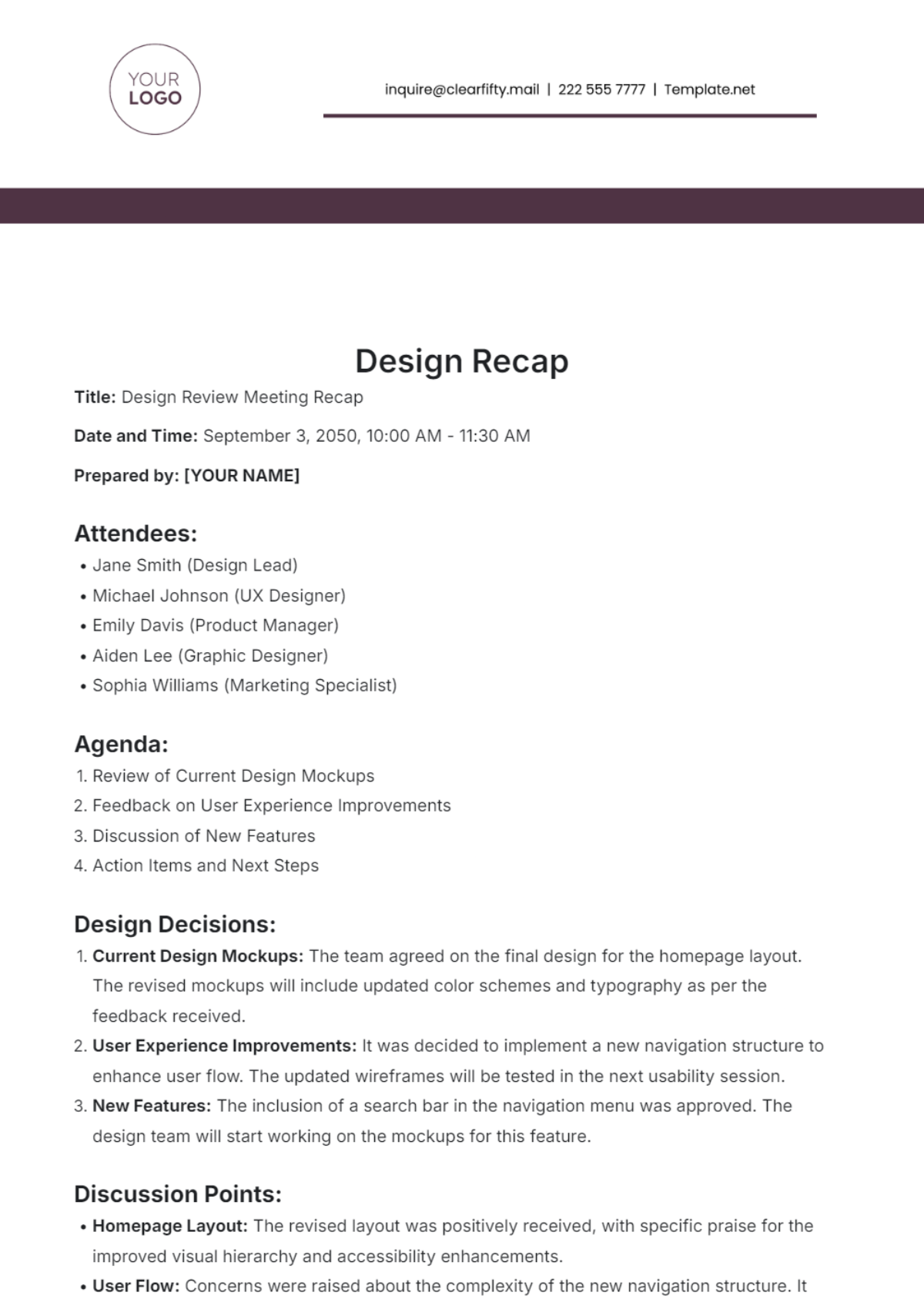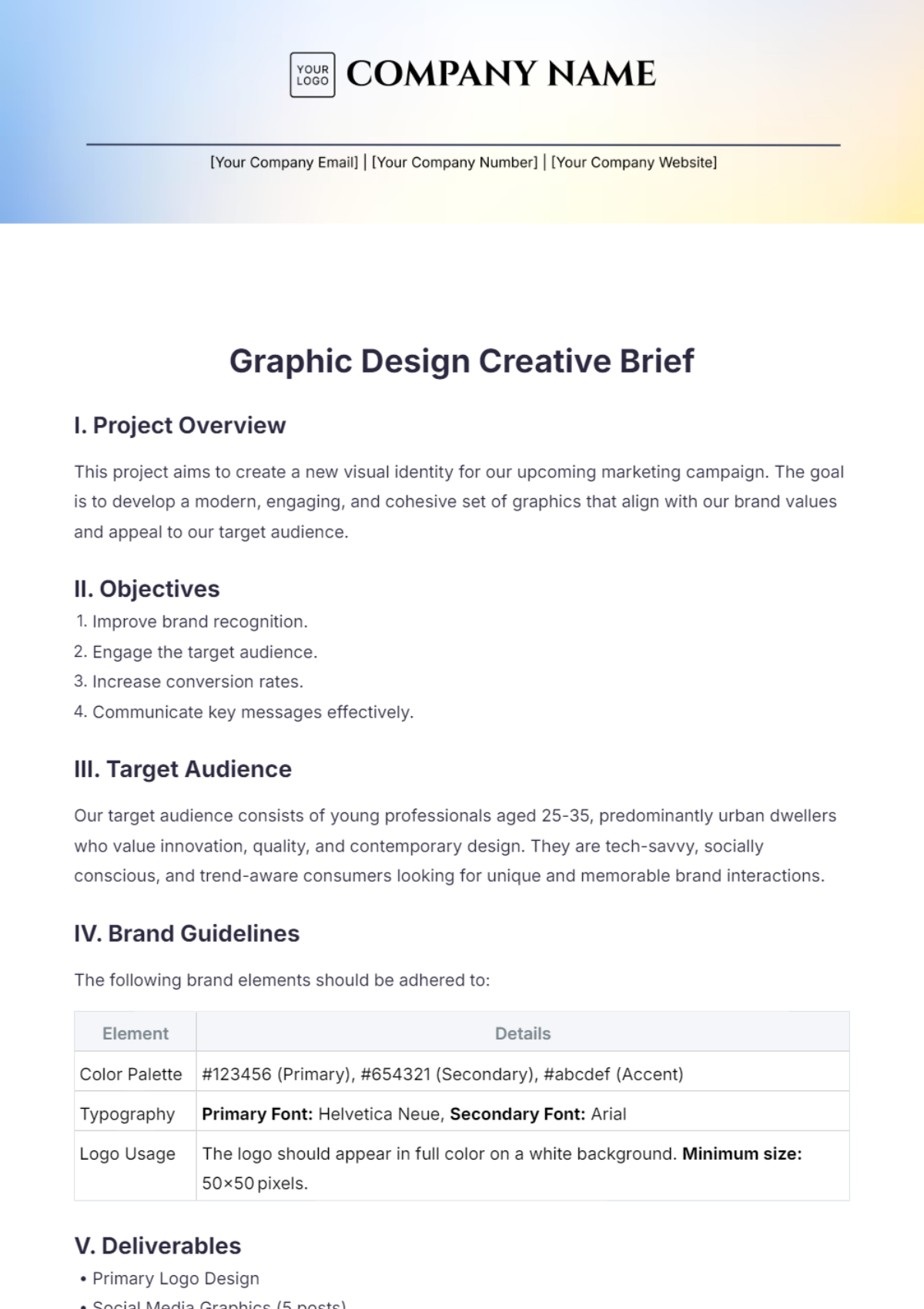Free Group Protocol Template
Group Protocol
Prepared by: | [YOUR NAME] |
|---|---|
Company: | [YOUR COMPANY NAME] |
Department: | [YOUR DEPARTMENT] |
Date: | [DATE] |
I. Objectives
This protocol aims to ensure efficient and effective communication among team members of the [YOUR DEPARTMENT] within [YOUR COMPANY NAME]. It explores the requisite actions, tools, behaviors, and mindset essential to fostering smooth and productive teamwork.
By adhering to the guidelines and strategies outlined in this protocol, team members can improve collaboration and decision-making abilities and enhance the overall group synergy resulting in higher productivity.
II. Protocol Overview
This document outlines the steps to follow, the roles and responsibilities of team members, the format of team meetings, data collection, safety considerations, expected results, as well as the conclusion. The protocol is a culmination of best practices that have proven to facilitate team efforts toward the achievement of objectives.
It is expected that all team members understand and implement this protocol in their daily engagements with other team members of the [YOUR DEPARTMENT] within [YOUR COMPANY NAME].
III. Materials and Equipment
Communication Tools:
Email, instant messaging platforms, and video conferencing software are essential for daily communication and coordination among team members, especially in remote or distributed work environments.
Project Management Tools:
Utilizing project management software like Asana, Trello, or Jira helps in task assignments, tracking progress, and maintaining transparency within the team regarding project deadlines and priorities.
Meeting Facilities:
Access to well-equipped conference rooms or virtual meeting rooms with audiovisual tools and presentation facilities ensures efficient communication during team meetings, both in-person and remote.
Data Collection Tools:
Surveys, performance evaluation forms, and data analysis software are crucial for gathering feedback, assessing team performance, and making data-driven decisions to improve collaboration and productivity.
Safety Equipment:
Personal protective equipment (PPE), first aid kits, and documented emergency response plans are paramount to ensuring the physical and psychological well-being of team members and maintaining a safe working environment.
IV. Procedure
Meeting Frequency:
Specify the frequency of team meetings, whether they are daily, weekly, bi-weekly, or monthly, depending on the needs of the department and ongoing projects.
Communication Channels:
Define the primary communication channels to be used by team members, including email for formal communication, instant messaging for quick updates, and video conferencing for virtual meetings.
Conflict Resolution Mechanisms:
Establish procedures for addressing conflicts or disagreements among team members, such as open dialogue, mediation, or escalation to higher management if necessary.
Decision-Making Structures:
Clarify the decision-making process within the team, including who has the authority to make final decisions, whether decisions are made collaboratively or by designated leaders, and how consensus is reached.
Collaboration Methodologies:
Define the methodologies and tools to be used for collaboration, such as project management software for task assignment and tracking, shared document platforms for collaborative editing, and regular team brainstorming sessions for idea generation.
Task Assignment and Tracking:
Outline procedures for assigning tasks to team members, including clear expectations, deadlines, and accountability measures, and establish mechanisms for tracking task progress and completion.
Feedback and Evaluation:
Implement processes for providing feedback to team members on their performance, both individually and collectively, and conduct regular evaluations to assess progress toward departmental goals.
Documentation and Reporting:
Emphasize the importance of documentation, including meeting minutes, project updates, and performance reports, and establish procedures for sharing and storing this information securely.
Continuous Improvement:
Encourage a culture of continuous improvement by soliciting feedback from team members, analyzing data on team performance and interactions, and implementing changes to enhance collaboration and productivity.
Adaptation to Change:
Recognize the need to adapt procedures in response to changing circumstances, such as new projects, team members, or external factors, and establish mechanisms for reviewing and updating the group protocol as needed.
V. Data Collection
Data collection plays an important role in monitoring the effectiveness of group interactions and the individual performance of team members. This protocol outlines various tools and methodologies to collect data on team performance and interactions.
The objective is to use this data to improve future collaborations and decisions in [YOUR COMPANY NAME].
VI. Safety Considerations
Safety considerations are an integral part of this protocol. The outlined safety measures aim to protect the physical and psychological health of each team member in the course of implementing the protocol at [YOUR COMPANY NAME].
These safety considerations should be taken seriously and upheld by all team members at all times.
VII. Expected Results
With the consistent implementation of this protocol, improved team dynamics, efficient decision-making processes, and more effective communication are expected. Such upgrades are quantifiable and can be tracked using the data analysis tools and methodologies outlined in the data collection section.
The success of the protocol can be determined by its positive impact on team member interactions and achievement of targets within [YOUR COMPANY].
VIII. Conclusion
In conclusion, this protocol provides an effective framework for enhancing team communication, decision-making, and collaboration within the [YOUR DEPARTMENT] of [YOUR COMPANY NAME]. It offers valuable operational guidelines that will streamline team interactions and contribute to achieving team and organizational goals more efficiently.
By committing to the implementation of this protocol, [YOUR COMPANY NAME] creates a working environment that is conducive to achieving its broader organizational objectives while also facilitating the personal and professional growth of its team members.
